2025: January news
It is time for the first newsletter of 2025. We have been back from the winter break and going since four weeks now already… I can hardly believe it.
Over the last month we have seen a few pretty windy days which have blown the covers about on the farm. So we have kept a vigilant eye (or two) as the covers are protecting some of the most precious crops at the moment, like Purple Sprouting Broccoli, Cauliflowers and Cabbages. These have been planted in June/July and are still out there and growing and ripening. At this time of the year the birds are relentless and devour any bit of Brassica leaf that becomes available to them.

There have also been quite a few frosty days and nights, which means we have kept the tunnel doors shut and the indoor crops wrapped up under some warming fleece. Still the indoor lettuce has been suffering from the temperatures and the moist conditions. At the same time some of the overwintering crops in the tunnels like Spring Greens, Spinach, Spring Onions and Pak Choi are still waiting for slightly more warmth and longer daylight hours to kick-start their growth.
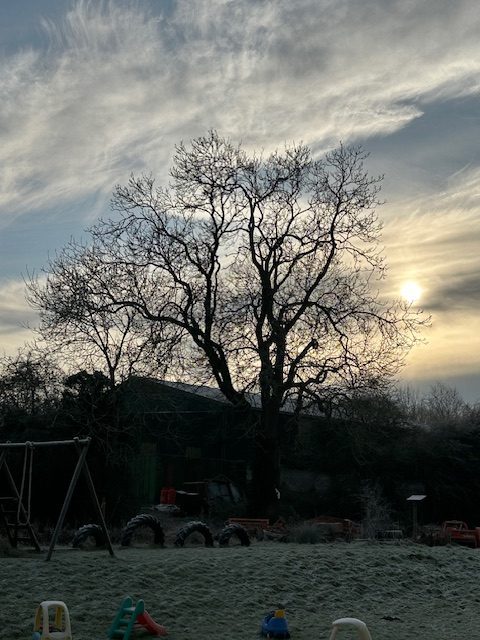

Work at the farm in January kept me extremely busy and was definitely not the wind-down that the winter usually promises. While we are cutting down on working hours in winter heavily, there is also a heavily reduced team conducting the work at the moment. A zero sum game as such.

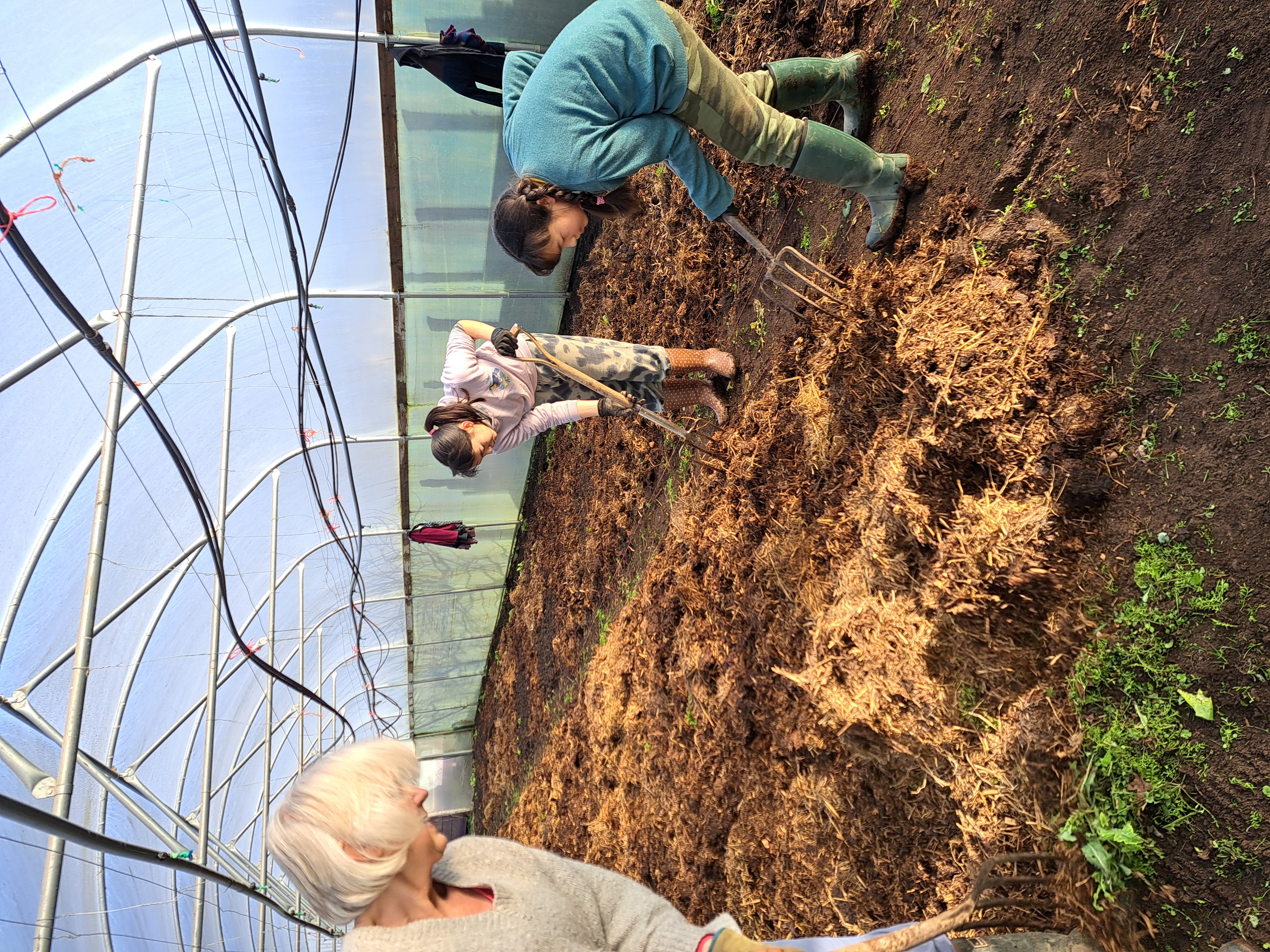
We have been using the available time to harvest for the share, to plan for the next season, and to prepare the farm for the next season. These jobs are ongoing throughout the season but an intensive focus on the planning at this time is essential to ensure a relatively smooth running for the rest of the year.
At the tail-end of January we get a proper first idea that it is not too long until spring is starting. Our first sowings are looming (the very first rocket has already been drilled in the tunnel) and further tunnels are prepared for the early potatoes and carrots to go in within the next week or so. At the same time we are setting up our propagation areas, ready to raise those first little precious seedlings.
Lena, grower
2024: October news
Samhain is upon us, marking the end of the traditional harvest season and the beginning of winter. The word “Samhain” is derived from old Irish and means “summer’s end.” In the Celtic calendar the start of November is also the start of the year, beginning when everything around us is in nature is dying. The plants and trees drop their seeds and the new year is sown into the compost of the old, laying dormant until Spring.
As we now move into our Winter hours at the start of November it has also meant saying goodbye to Dan, our seasonal grower, who has been supporting our work at the farm through the busy summer season. We are very thankful for his hard work and all his contributions during his time here at Canalside and wish him well for his journey ahead.
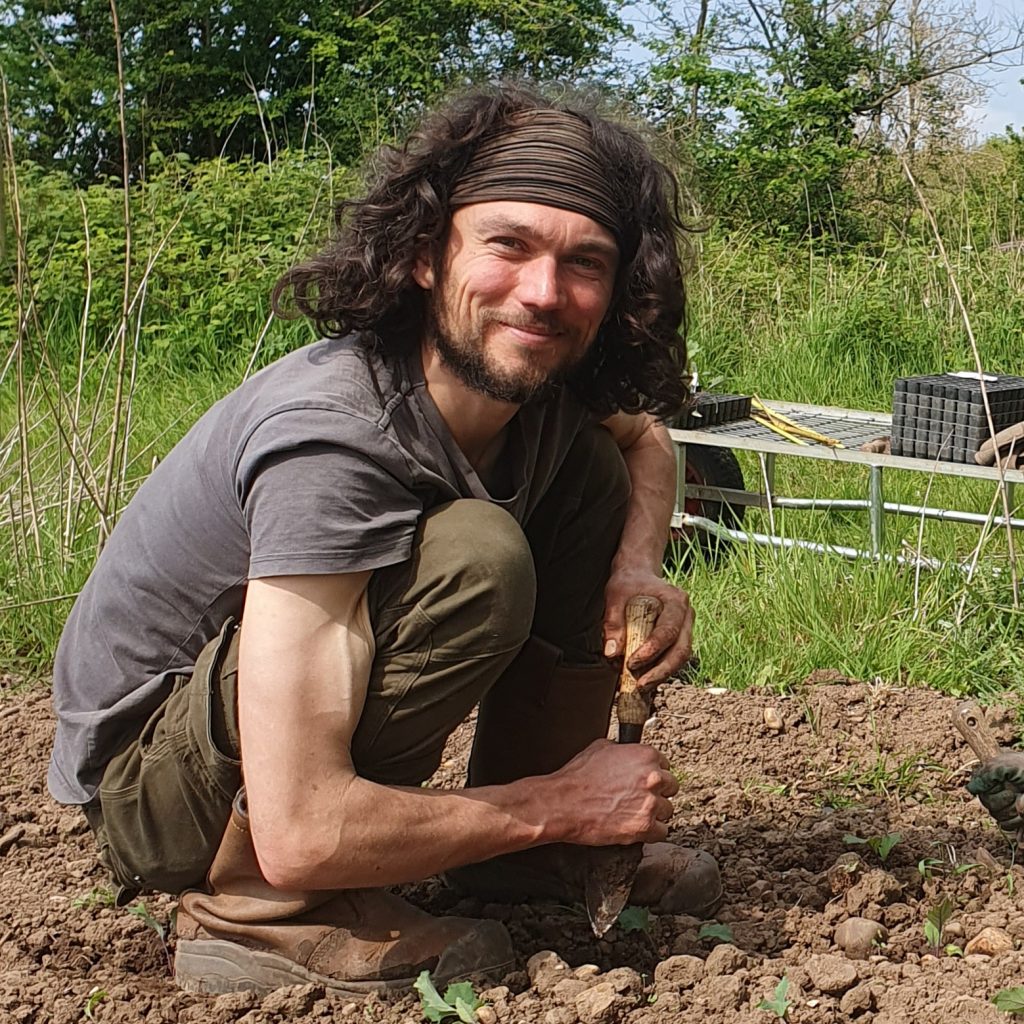
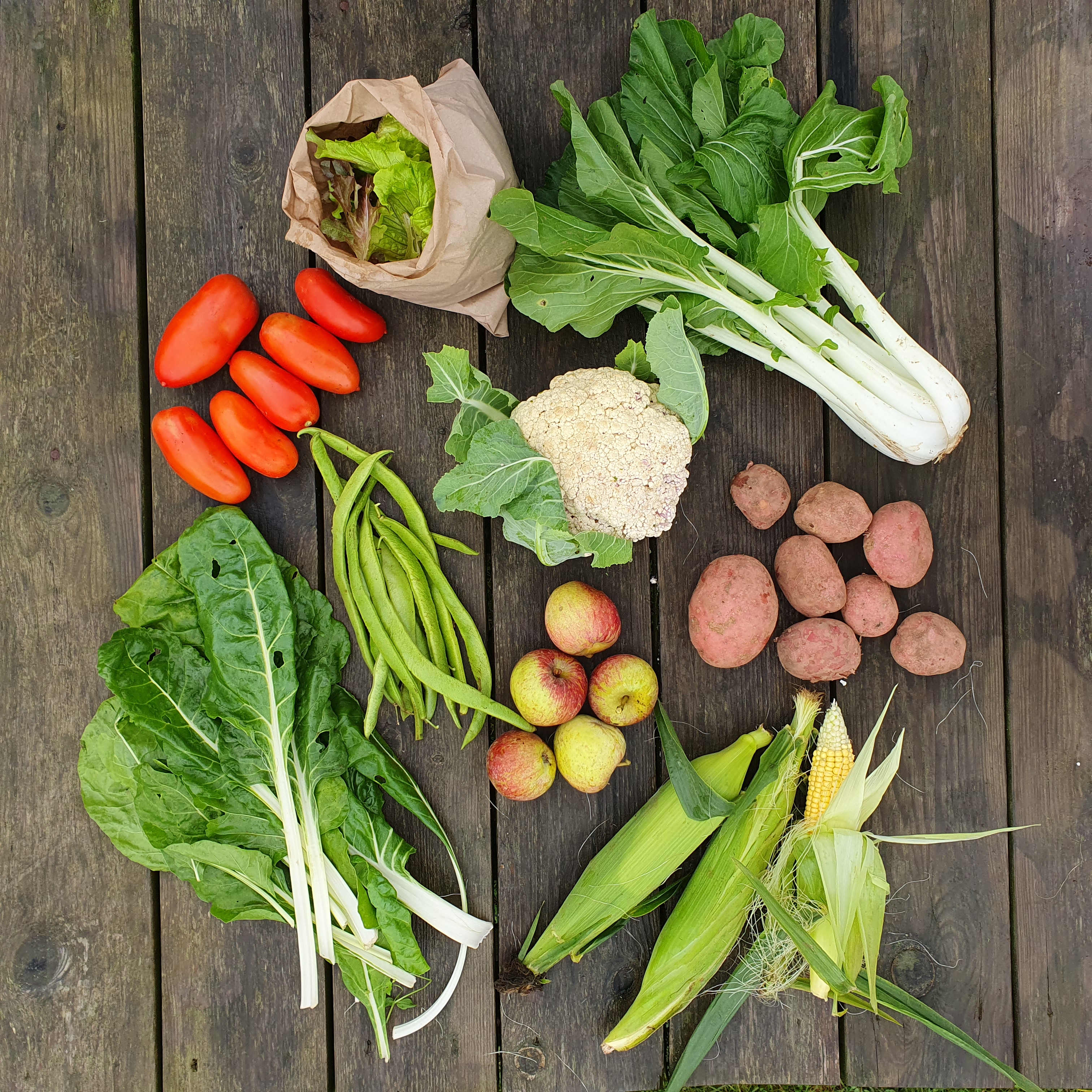
As we are not a traditional farm and instead provide our members with produce all year round we still have plenty of work to pack into our days, but less days are worked and there is much planning to be done so we are grateful for the shift out of the intensity of the summer season.
Change always comes in small ways in the Autumn. The annual ‘switch off’ of the staff fridge in the pole barn and the electric kettle (which is extra low in energy use to guarantee that our off grid solar systems can cope) and the switch to heating water with gas means we save our precious sun energy for charging floodlights to help our members navigate their way to collect their veg on the dark Tuesday evenings. The daylight hours are noticeably shorter, and more importantly for growing, the chances for sunlight dwindle exponentially.
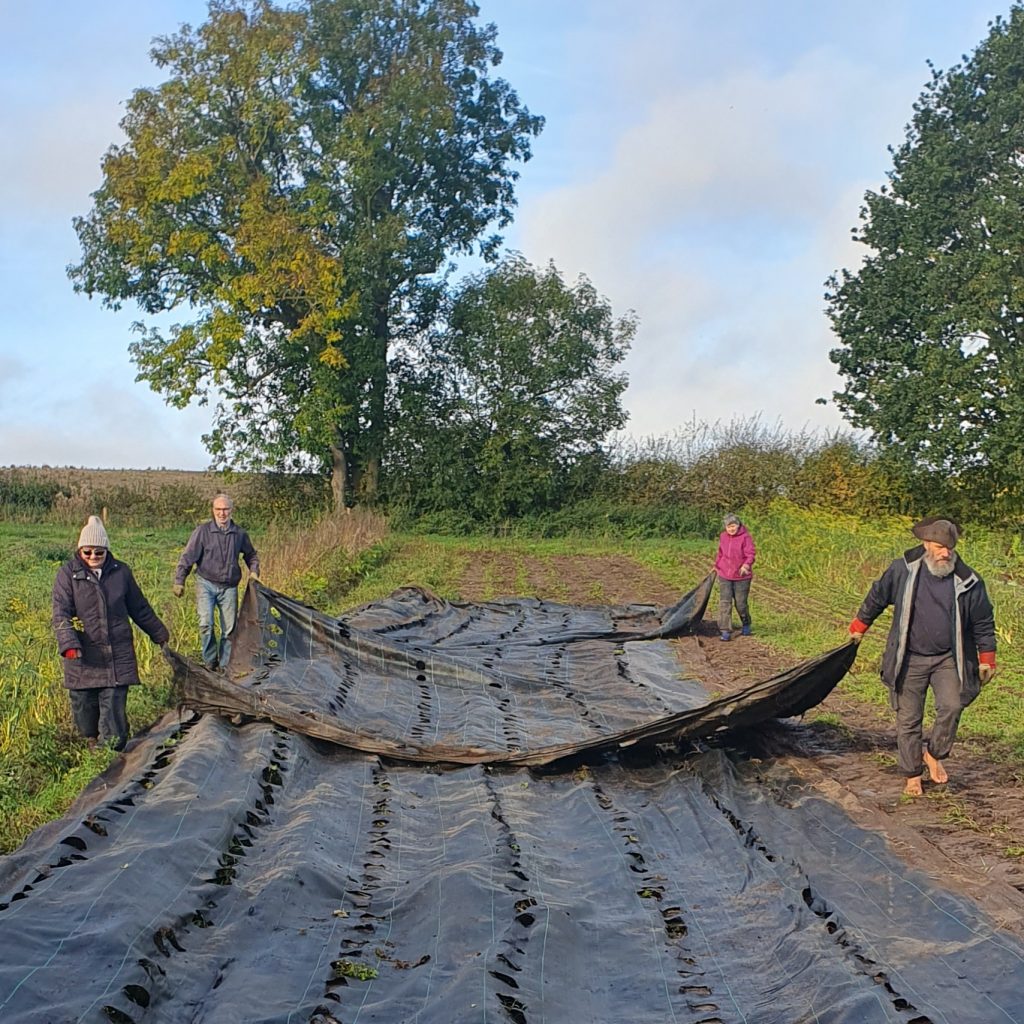
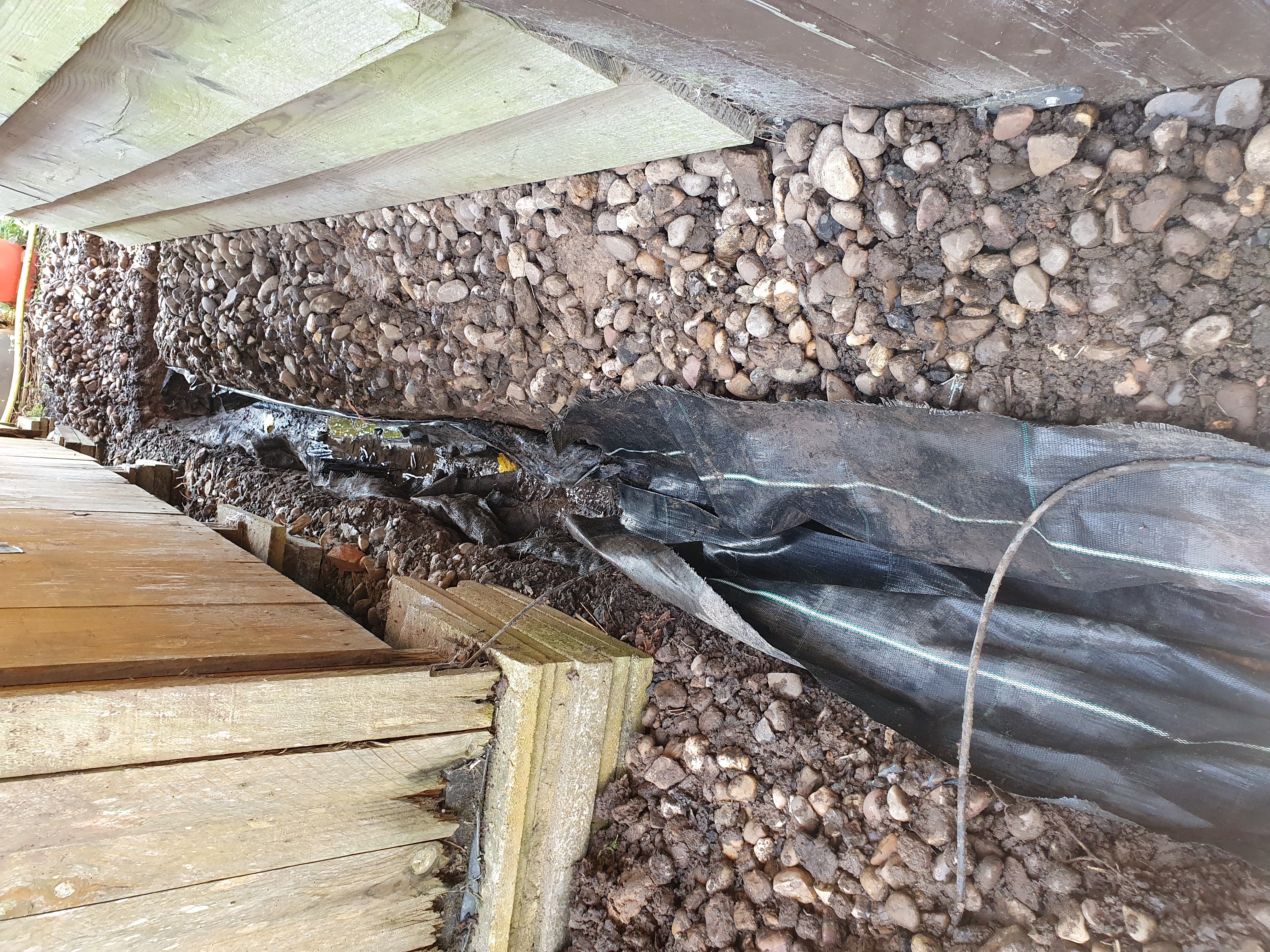
Another end of an era has been the tearing down of our completely disintegrated tool shed, which was in such bad shape that we are not even really missing it! This has been part of the work on improving the drainage around the barn. Big thanks to both Paul and Craig who have done a lot of work on this to get it to a stage where we hope to avoid having the barn flooded all winter.
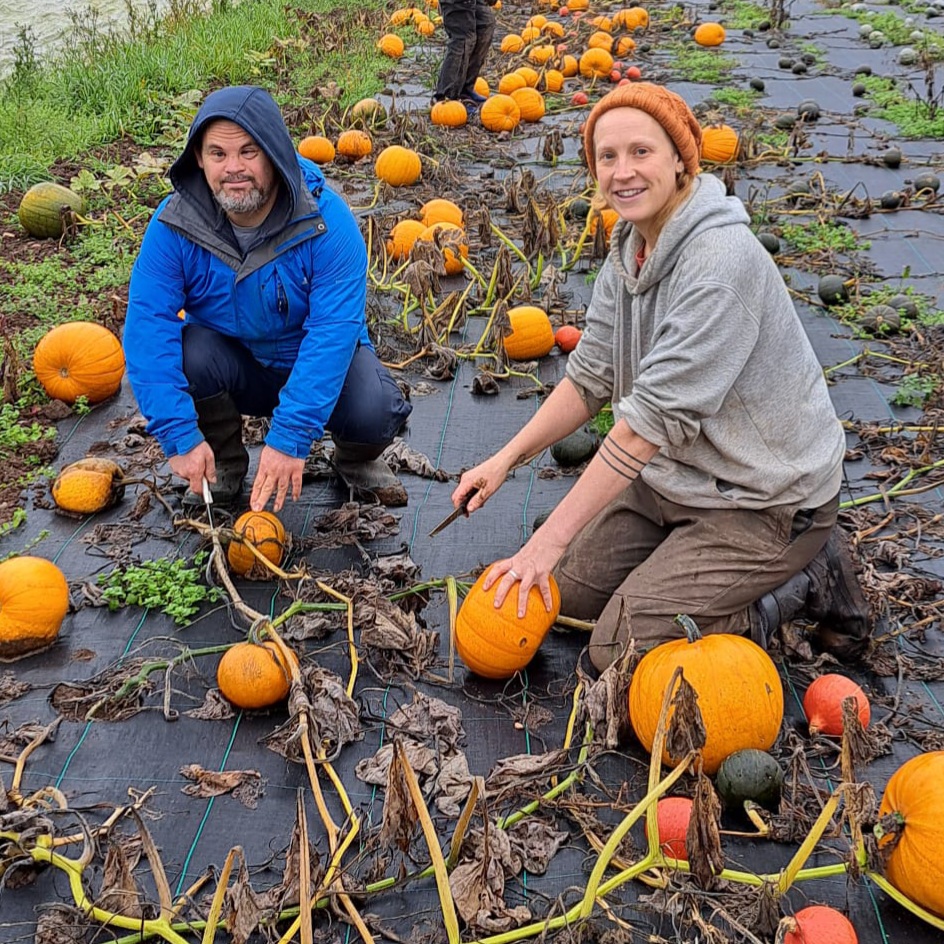
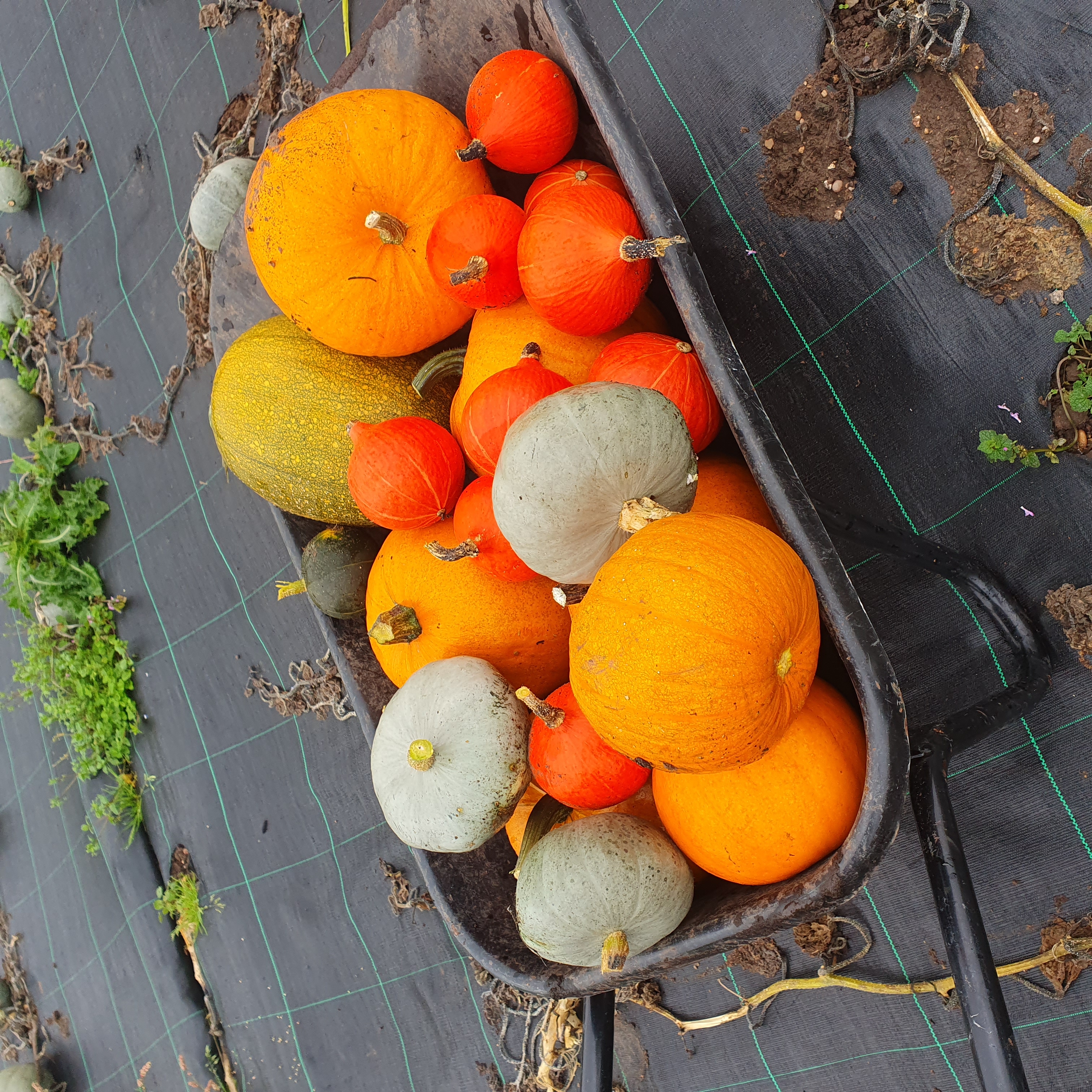
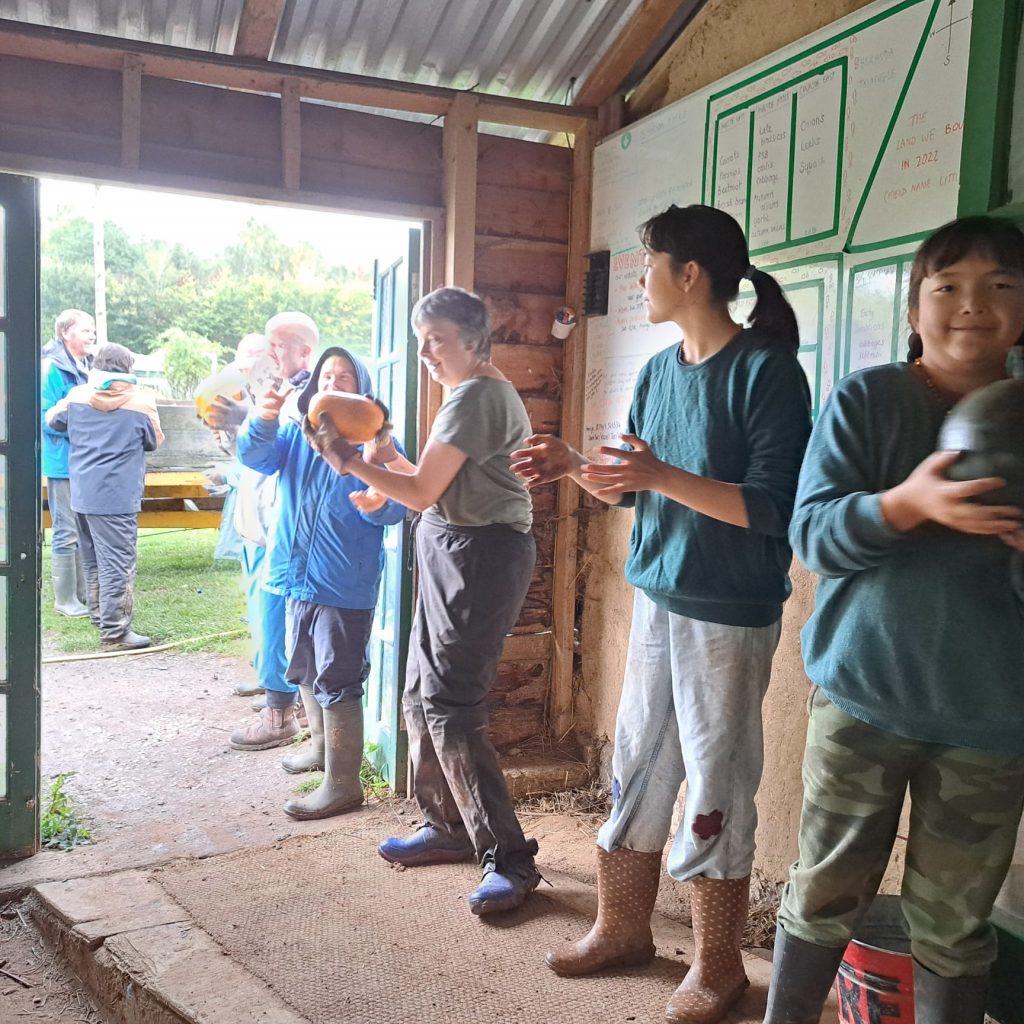
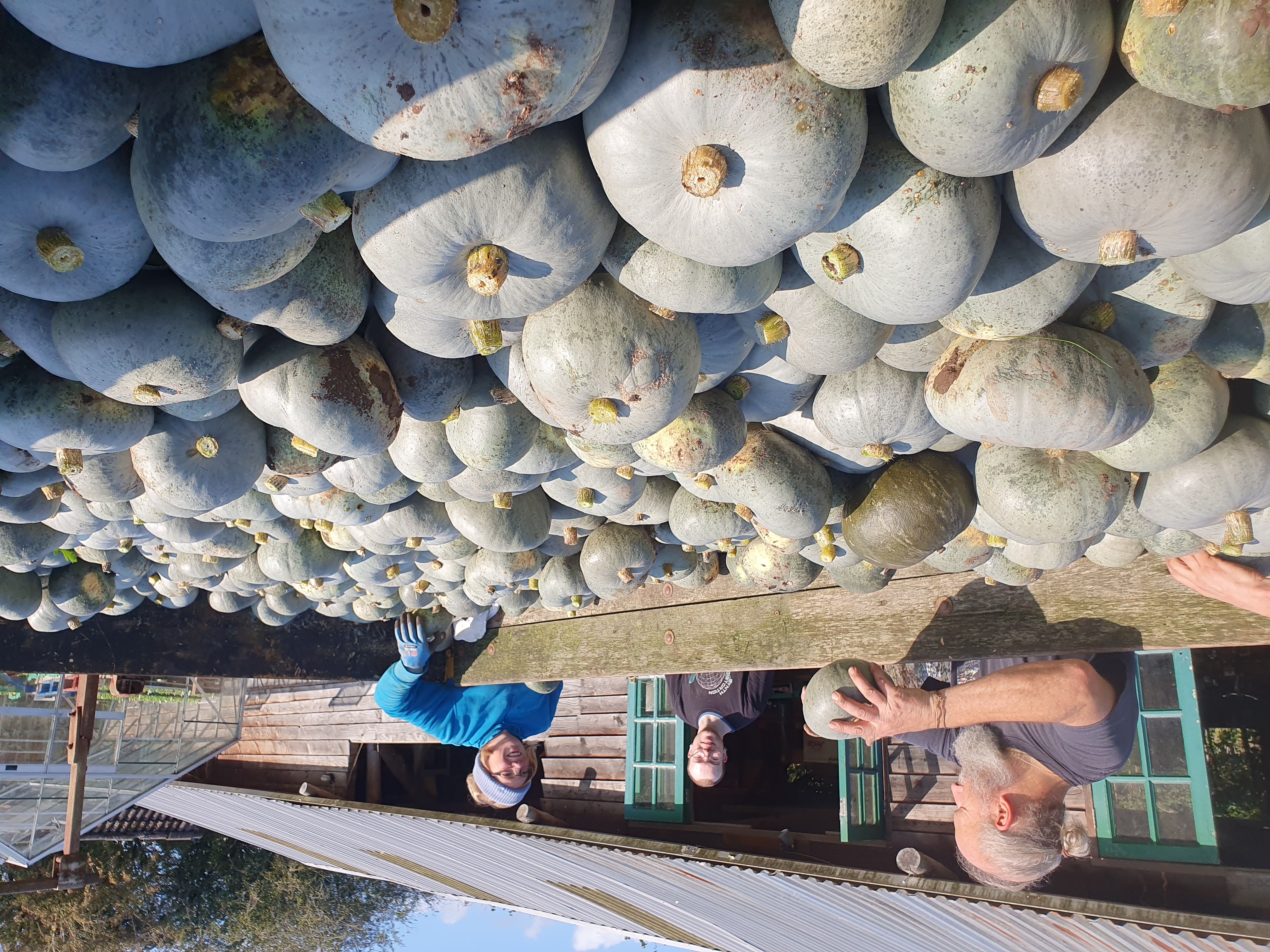
The biggest work of the last month has been a lot of our main crop harvesting. Much gratitude to all our volunteers who have been helping with this. A couple of very early frosts killed off the squash and pumpkin foliage and we had to bring them in about 3-4 weeks earlier than usual. Not only did the plants die back early, but frosts can also impact the longevity of squash in storage. We got them in within 2 days of work and stored them safely, also providing the first pumpkin share of the year in the run-up to Halloween/Samhain.
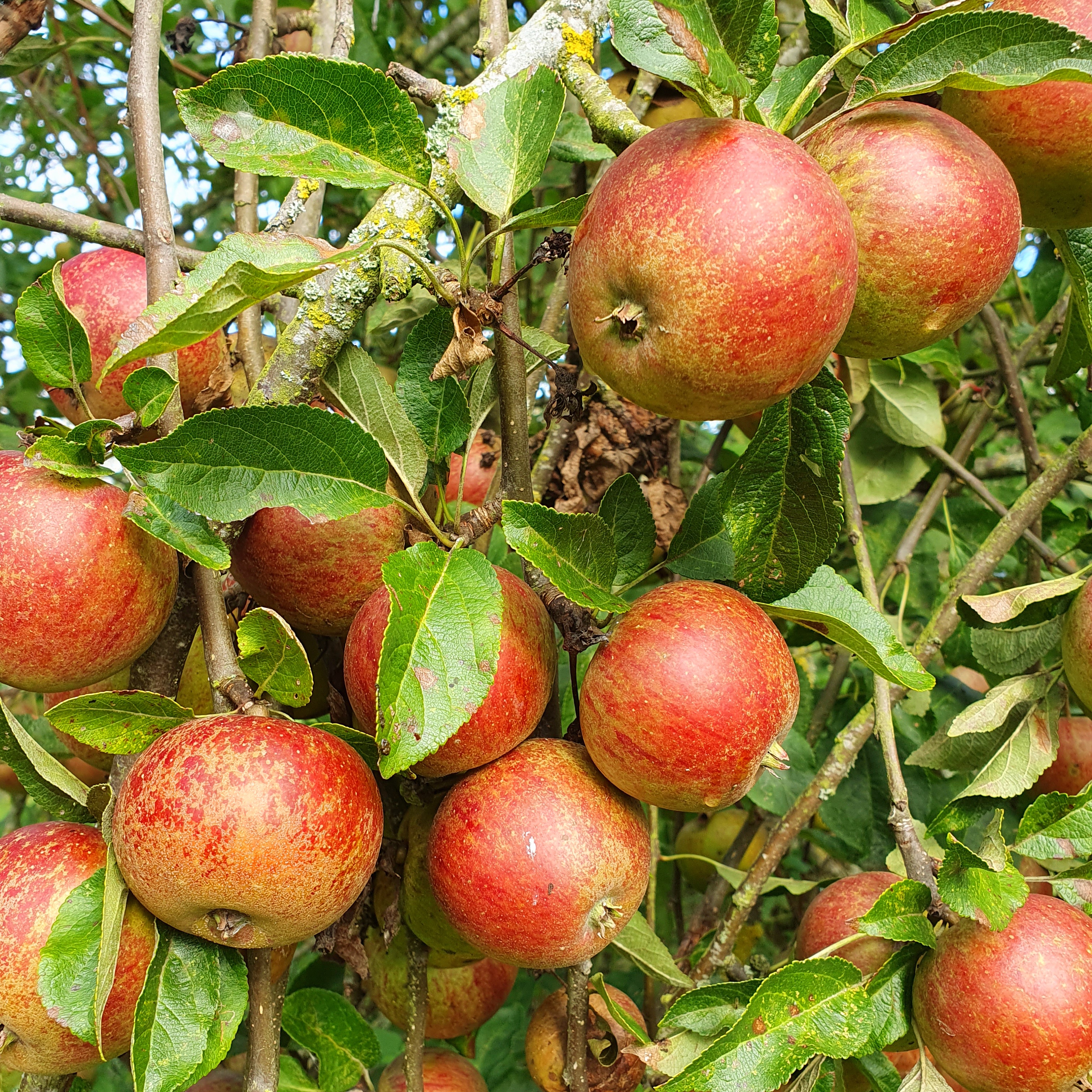
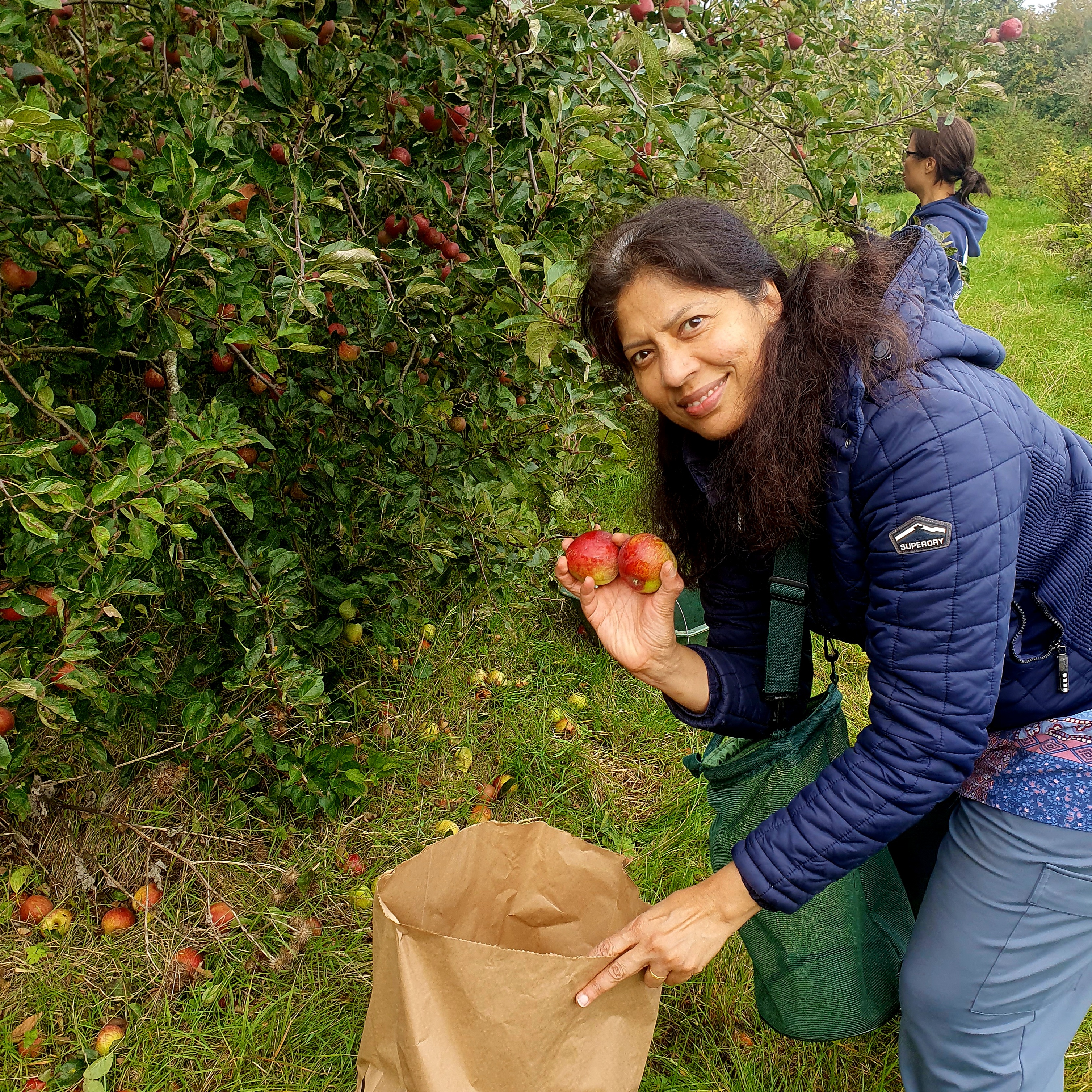
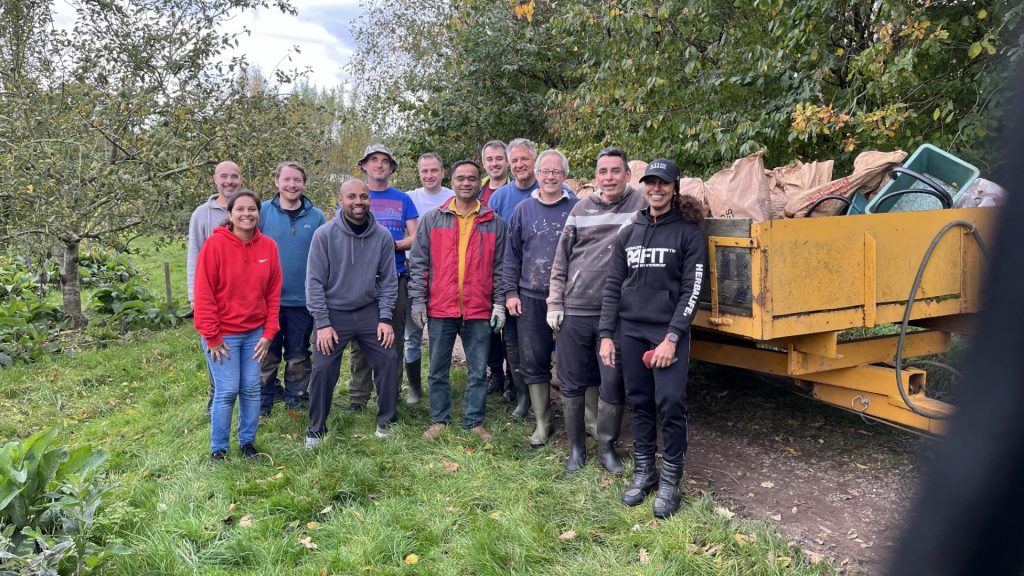
The apple harvest is ongoing, about half the crop has been brought in and by the time you read this the later varieties should all have been picked. These will be stored and integrated into your veg share over the next few months. We enjoyed the fabulous apple pressing day in mid October with the start of apple picking and lots of juice making.
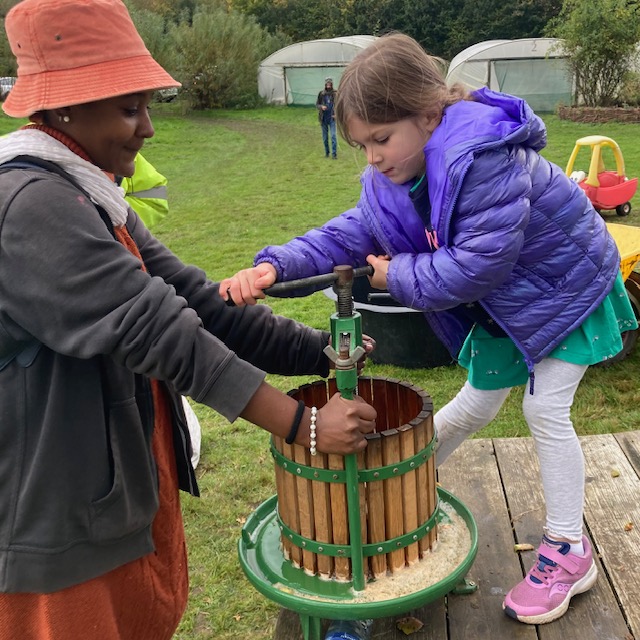
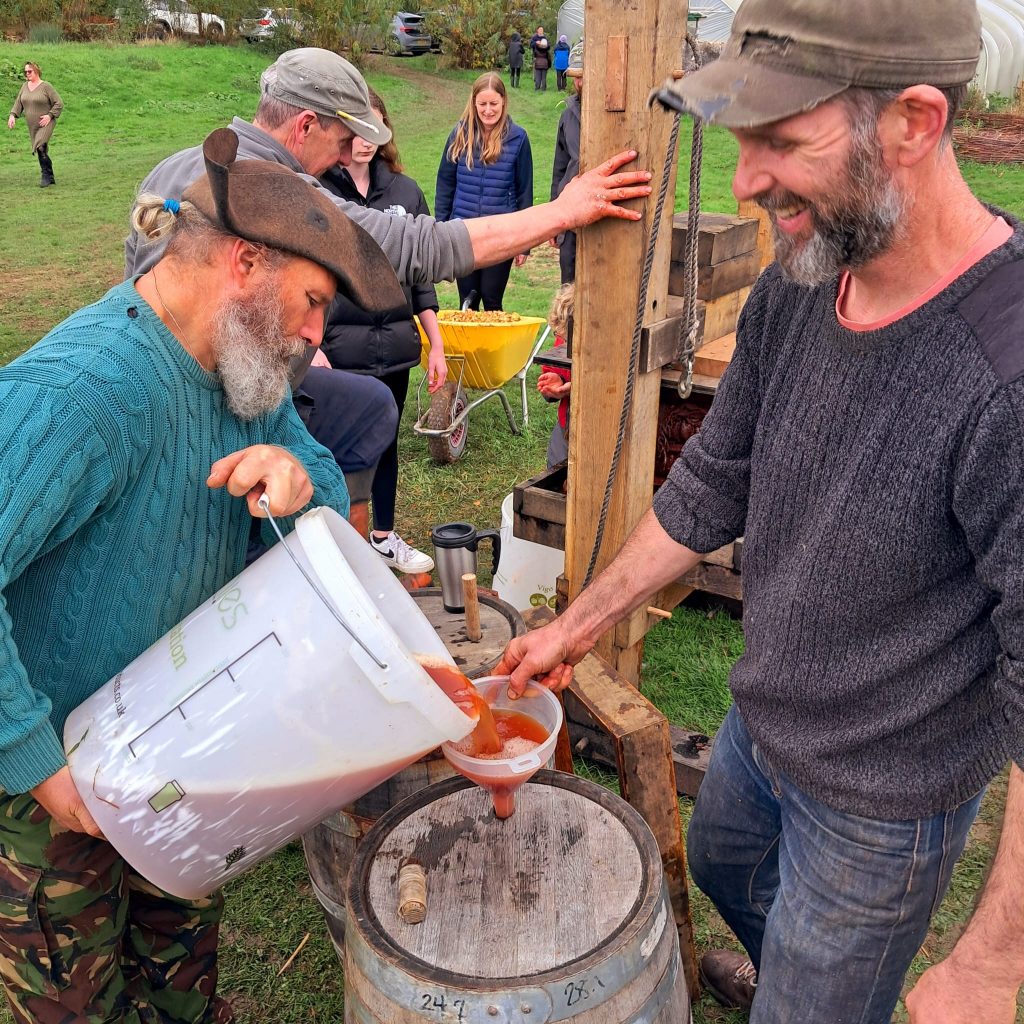
The share has been a real array of autumn colours; leafy greens are still a big part of the share with some huge pak choi, beautiful chard and we had a lovely couple of shares of tasty sweetcorn (which are not getting enough sunlight hours in Britain and often struggle with growth here). We had some surprise cauliflowers which came up a lot earlier than expected and made a great addition to the share for a few weeks, and we particularly enjoy the amazing purple turnips. It’s been another strong year for tomatoes which have been abundant all the way through the summer until now.
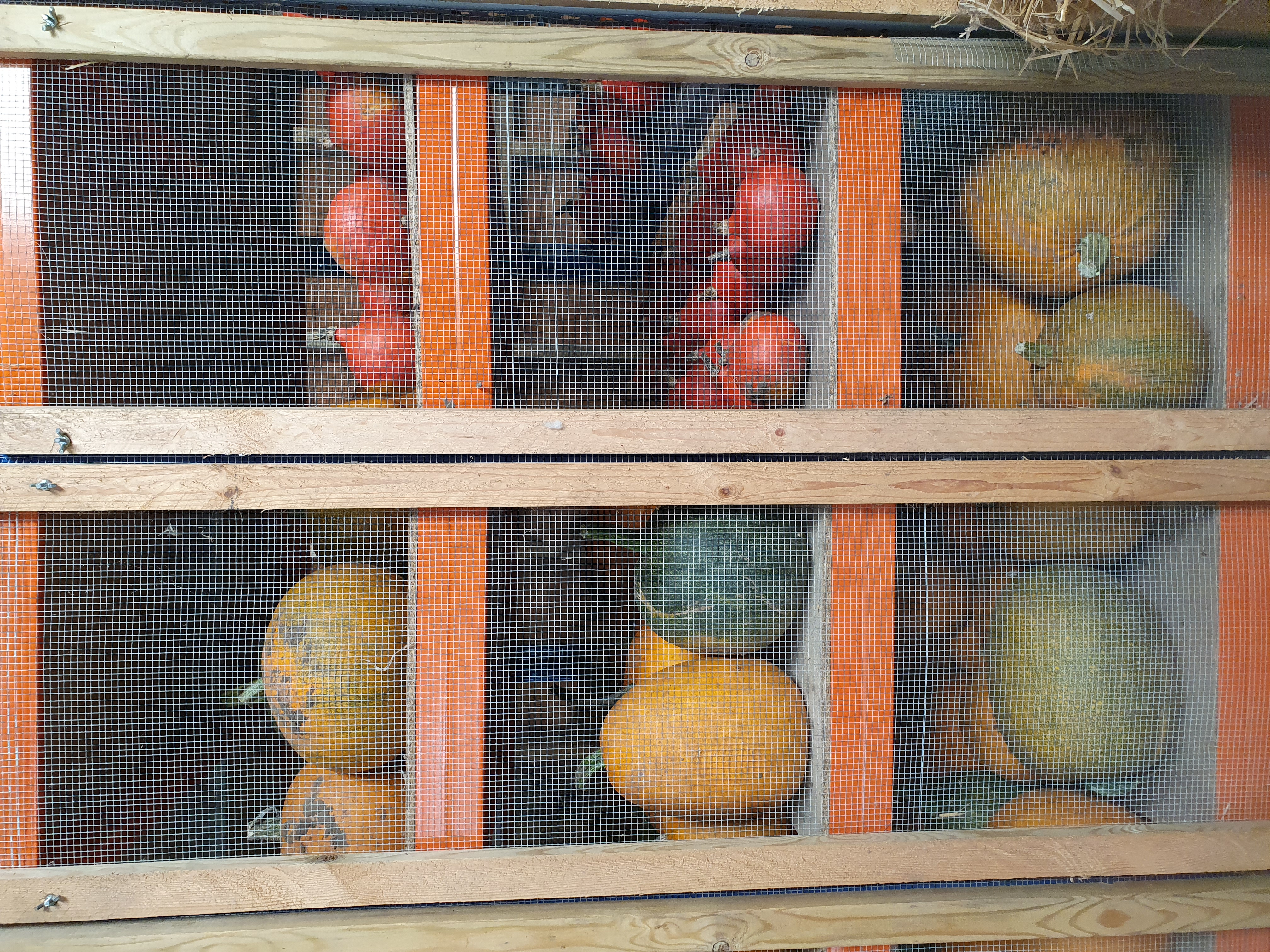
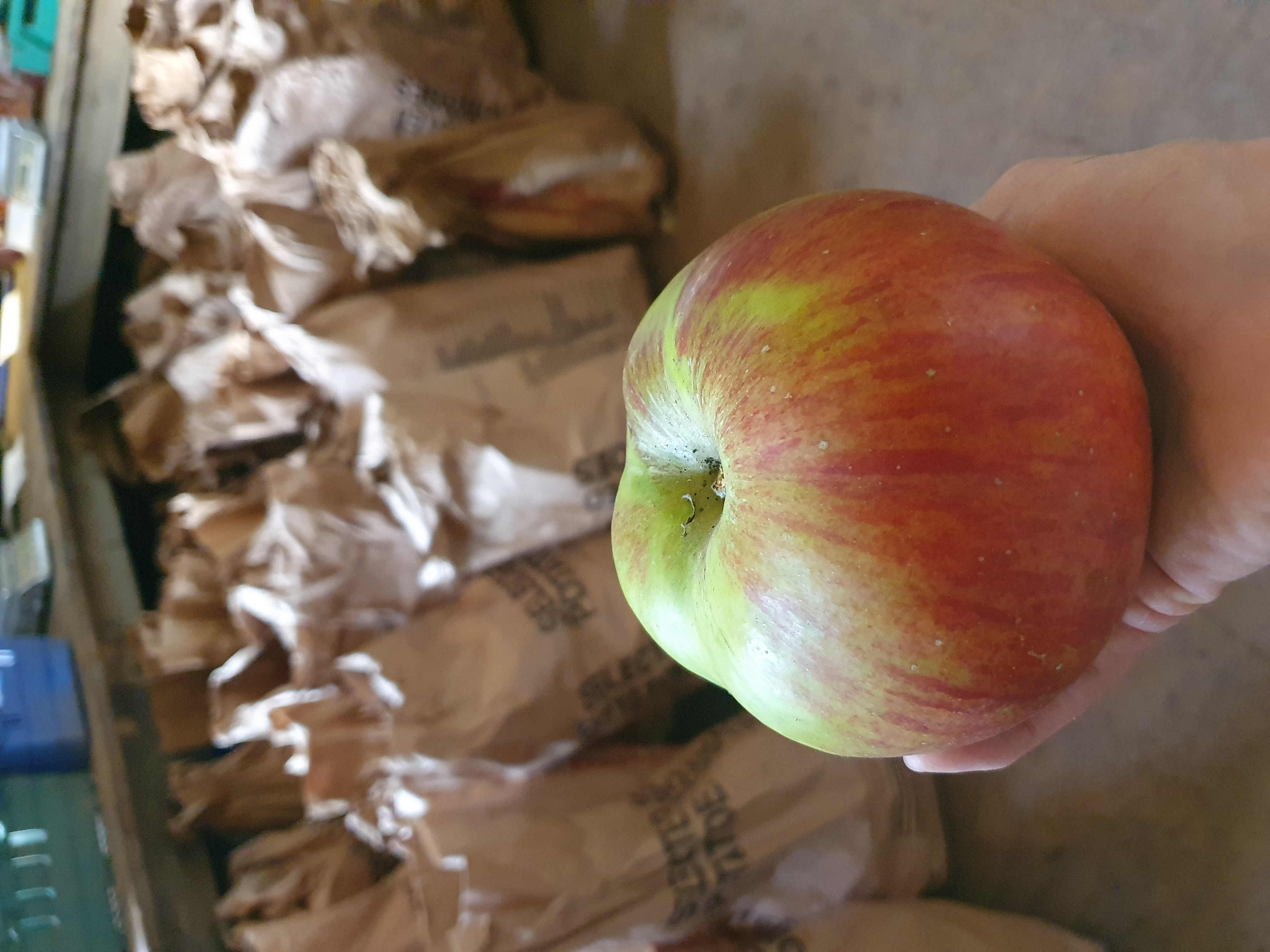
We have begun buying in a little supplementary veg this week, all organic and grown in the UK, to make sure that we do not deplete our existing crops too quickly too and early on so we protect against a large harvesting gap next year. We hope you enjoy the carrots and onions in addition to the array of veg we were able to grow here on site.
The last of our main crop harvests to be done in the coming weeks are beetroot and celeriac so do come and join us when these volunteer sessions are advertised.
The growers, October 2024
2024: July news
A very warm welcome to our new members who have subscribed after their produce trials – and hello to all Canalsiders who take the time to read this newsletter! The intent is to keep you connected to what is happening in the fields and to the source of your food and the people who grow it, as is our CSA ethos.
As usual, July has been a flat out kind of month! It’s been all hands on deck to get the last main plantings into the ground which we’ve done well within schedule. Joining all the main crops mentioned last month we now have leeks and late brassicas (over wintering cauliflowers, purple sprouting broccoli and cabbage) planted as well as various other rotational crops (e.g. the popular New Zealand spinach planted in the wake of tunnel potatoes).
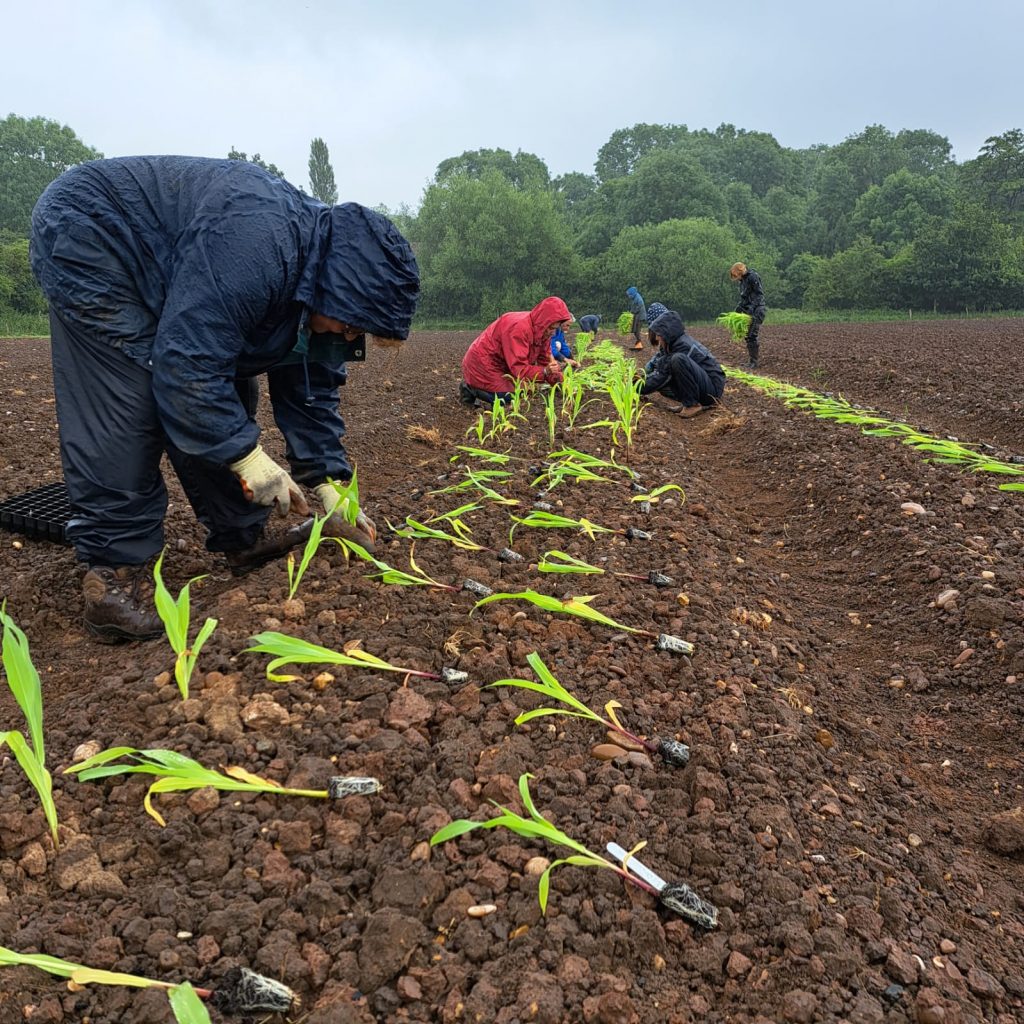
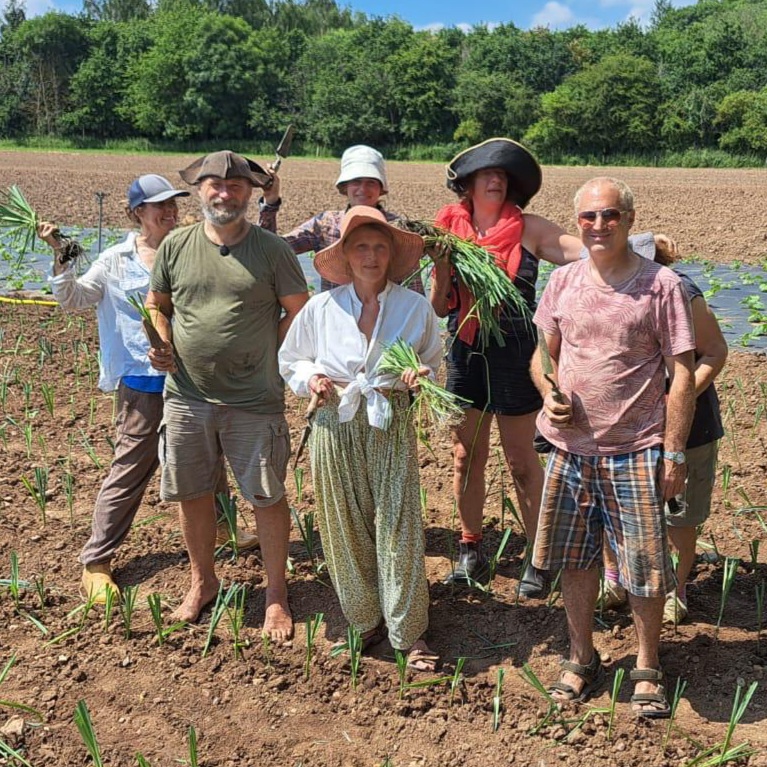
The weather this month has been a game of two halves. Decent rain earlier in the month gave us a welcome break with irrigation, but obviously it wasn’t as warm as some of the plants would like. Summer crops like peppers and aubergines need much more sun and it’s been a slow start to the season all in all due to the earlier delays and cooler weather. The share has looked more like June than ‘as it should’ in July. The beans and tomatoes are starting to pick up now but crops we would have expected to be harvesting already like our first planted kohl rabi and cabbage are still growing and our tunnel carrots never got that big before they needed to be picked. Tasty all the same, and the share has felt fresh and varied. Spring onions have been a feature of my recent meals! We’ve also been getting some of our biggest harvests of cucumbers and the courgettes are really kicking in now. We hope you’ve enjoyed some of the berries and currants that the orchard has offered us too.
↖️ Harvesting early polytunnel carrots
Picking abundant cucumbers ↗️
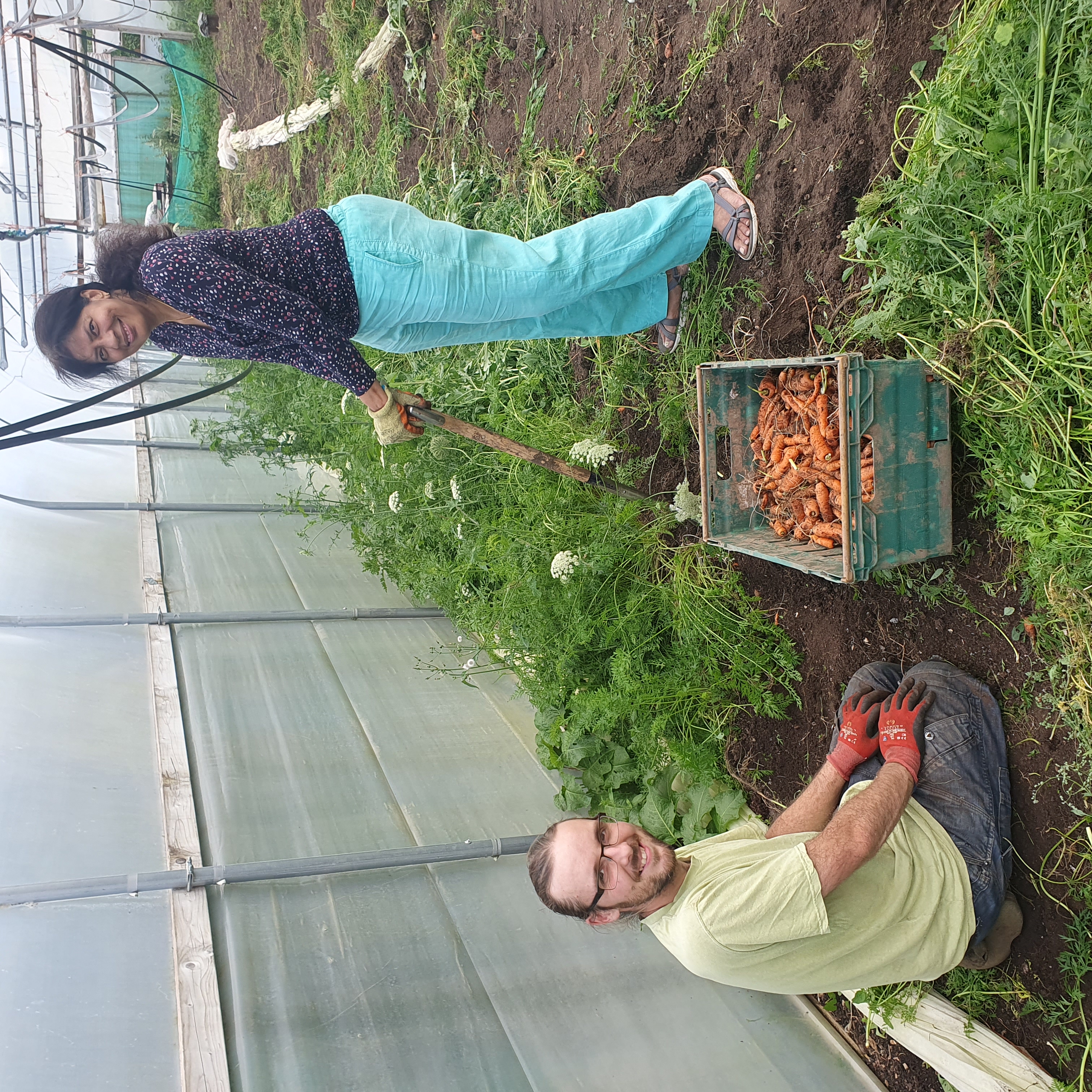
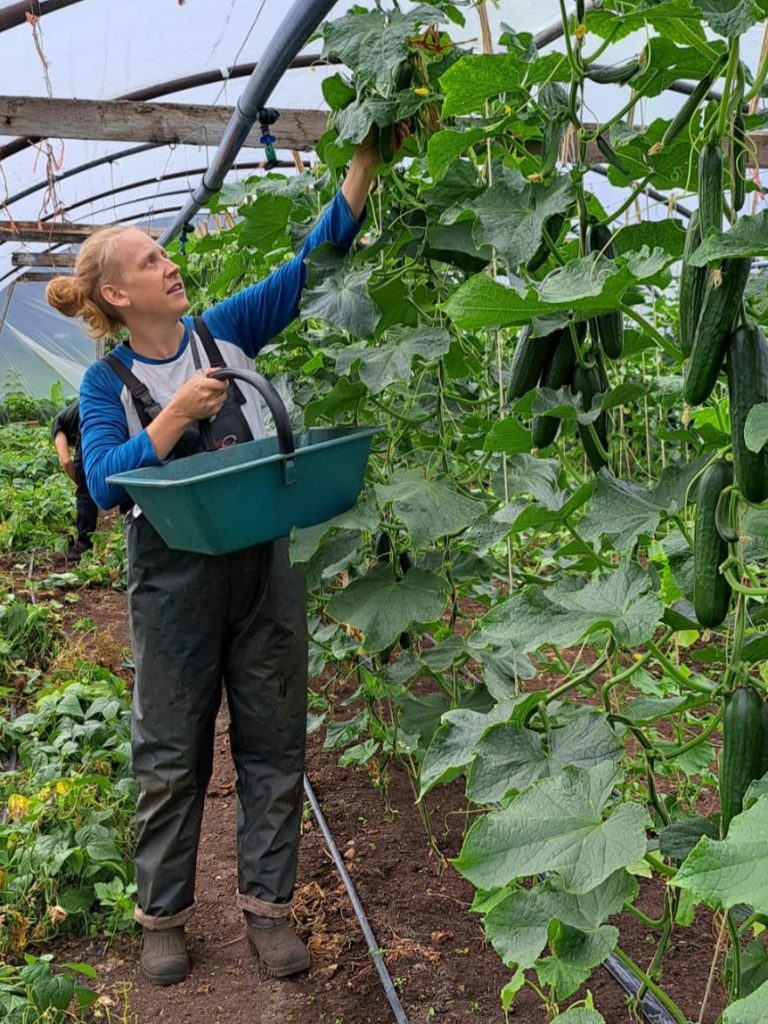
The second half of July then kicked into sunshine and summer arrived! Great for crop growth and everyone’s spirits whilst bringing the inevitable challenge of field irrigation.
After a hot week and the 30 degree Friday we found a problem with our water pressure (due to an issue with Severn Trent) which left our fields unwatered over a weekend and highlighted yet again the issues of our system. Had the issue gone on indefinitely, it would have only been due to unforecast overnight rain into the Monday that our crops would have survived. As a grower responsible for your food, I can’t begin to explain the stress and feelings of powerlessness when things like this happen. To walk around the fields and see everything we built from scratch on this land, the many people and hands who have co-created this place over the last 18 years and the journey each of these specific crops have made this year and the care that has gone into tending them: my gratitude to the rain is immense. And the fragility is palpable. Even when the water pressure is working fine, it is still not high enough to water all our fields adequately during a drought period. We must find a way to bring sustainable and off-grid systems to our farm, we must find solutions to adapt to the challenges and these changing times and preserve the ability to grow our own food amongst a UK farming crisis and an impending food shortage.
But for now – back to the minutia. Weeding is the name of the game for the coming weeks, as anyone coming to volunteer at the moment well knows! We are also broadcasting our green manures and trying out a new under sowing in our late brassica section. This is a special mix created by Ian Tolhurst that we will broadcast after our initial weeding of the brassicas to create cover and suppress weeds, fingers crossed it works.
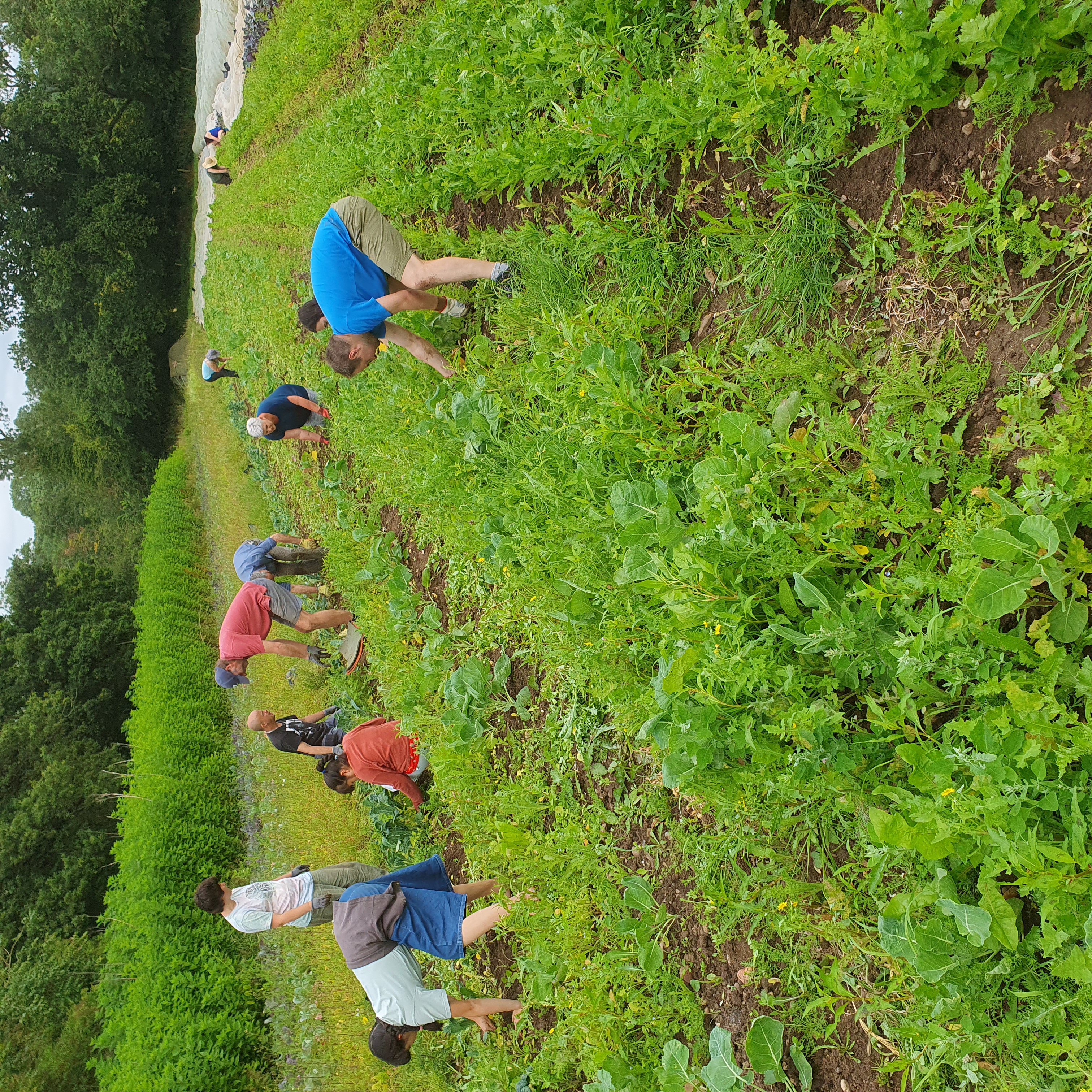
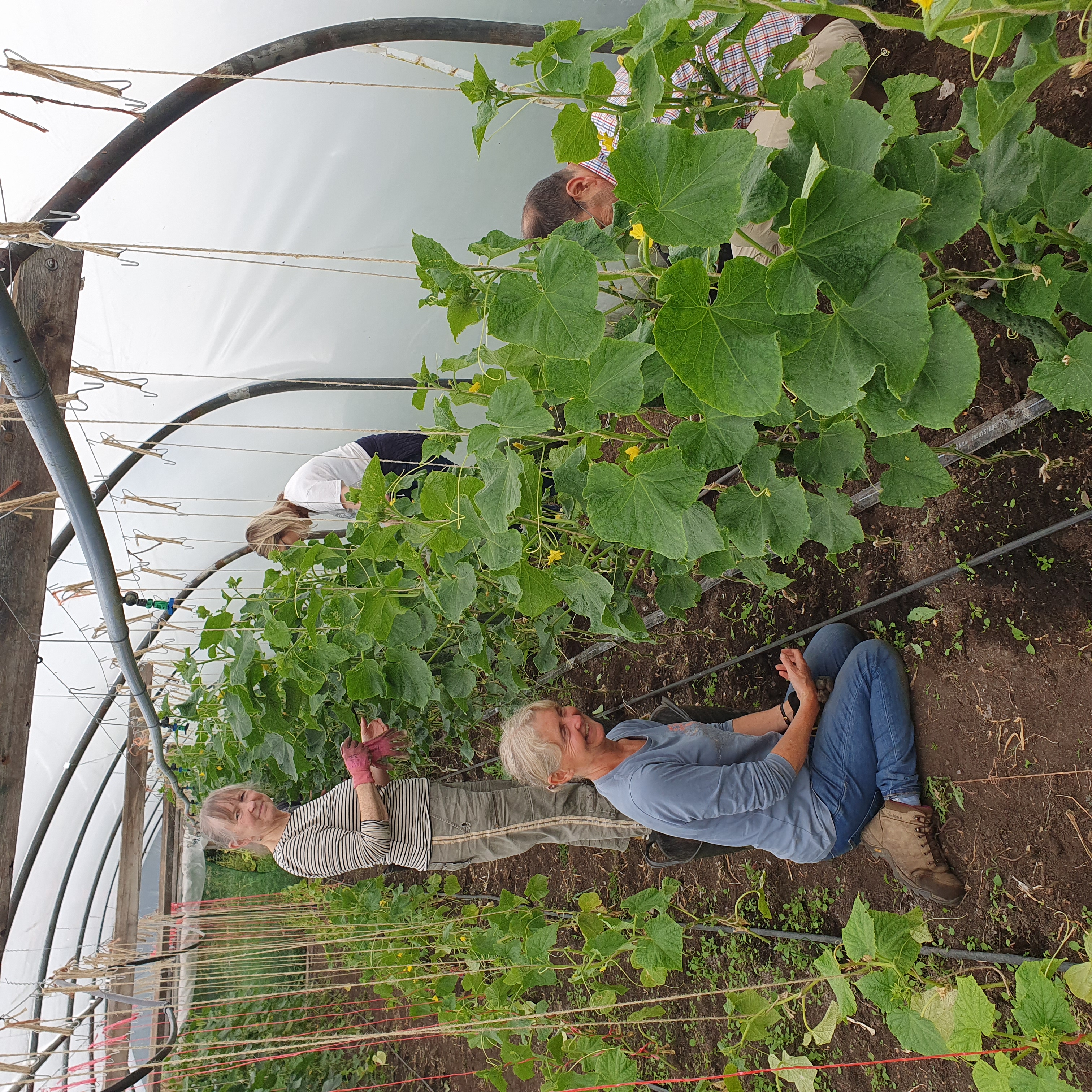
Thanks so much to everyone who has come out to help the growing work this month. It was great to see some new faces as we trialled a Tuesday afternoon session and we’ll let you know through Ali’s weekly bulletins when we do any more of these – otherwise do come down during the school holidays if you can to join our regular Wednesday volunteer session (10am – 1pm) – we love to see you.
Thanks for reading and ‘til next time
The growers, July 2024
Summer party tickets are live!
Buy your summer party tickets now! Click here to go straight through to online ticket sales.
Full details about the event here and on the poster below.

2024: April news
Welcome to the inaugural ‘monthly news from the farm’. We’re changing our comms a little bit so that at the end of the month you’ll get a longer piece of writing from your growers instead of snippets in the fortnightly updates. We hope this keeps you more connected to what’s happening in the fields!
April is always an unsettled month of juggling fluctuating conditions. We start to really feel Spring in the air with some relief and gratitude for longer and lighter days and where we literally see plants getting bigger by the day. Until mid-May though we can’t really relax and feel confident that the frosts have passed. Cold nights and hot days mean constant and time consuming monitoring and care for our modules and new plantings.
We’ve finally had some consecutive dry days with some sunshine and mammoth winds which have been great to dry out the land and the fields finally became less of a bog as April continued. Frustratingly, there were still many downpours throughout the month which interrupted the process of mowing, ploughing and prepping the land for planting which ideally would have begun at the start of April.
As I write this I am listening to the hum of the plough across our fields which is music to my ears! By the time you read this the majority of the ploughing needed will have been done and good progress made on the first field plantings. This is a huge relief and moves us out of the limbo we’ve been in.
Anyone who has kept up to date with UK farming news knows it’s a pretty dire situation out there. The UK met office data shows it’s been the wettest 12 months in England on record (bearing in mind records only began in 1836). To give some perspective, the local arable farmers who we contract to do our ploughing have only managed to plant about a tenth of what they normally do. This is all likely going to result in UK wide problems down the line. In many ways we are lucky that as a CSA we farm a variety of crops at various times as well as in our tunnels where we have more control over the conditions, so there is more resilience in that there should always be some crops that do well.
Whilst we waited for the fields we’ve been working hard to do everything else we can so our tunnel crops are well on schedule. We decided to do some inter-cropping in the beds to make up for some of the early crops not planted outside so we’ve planted lettuce, beets and spring onions in amongst summer tunnel crops as an experiment. The courgettes, cucumbers and tomatoes are planted up, as well as extra beds of lettuce in any spare gaps. The tunnel potatoes, carrots, peas and leeks are also all coming along nicely so we are looking forward to harvesting the first of these fresh crops for you asap!
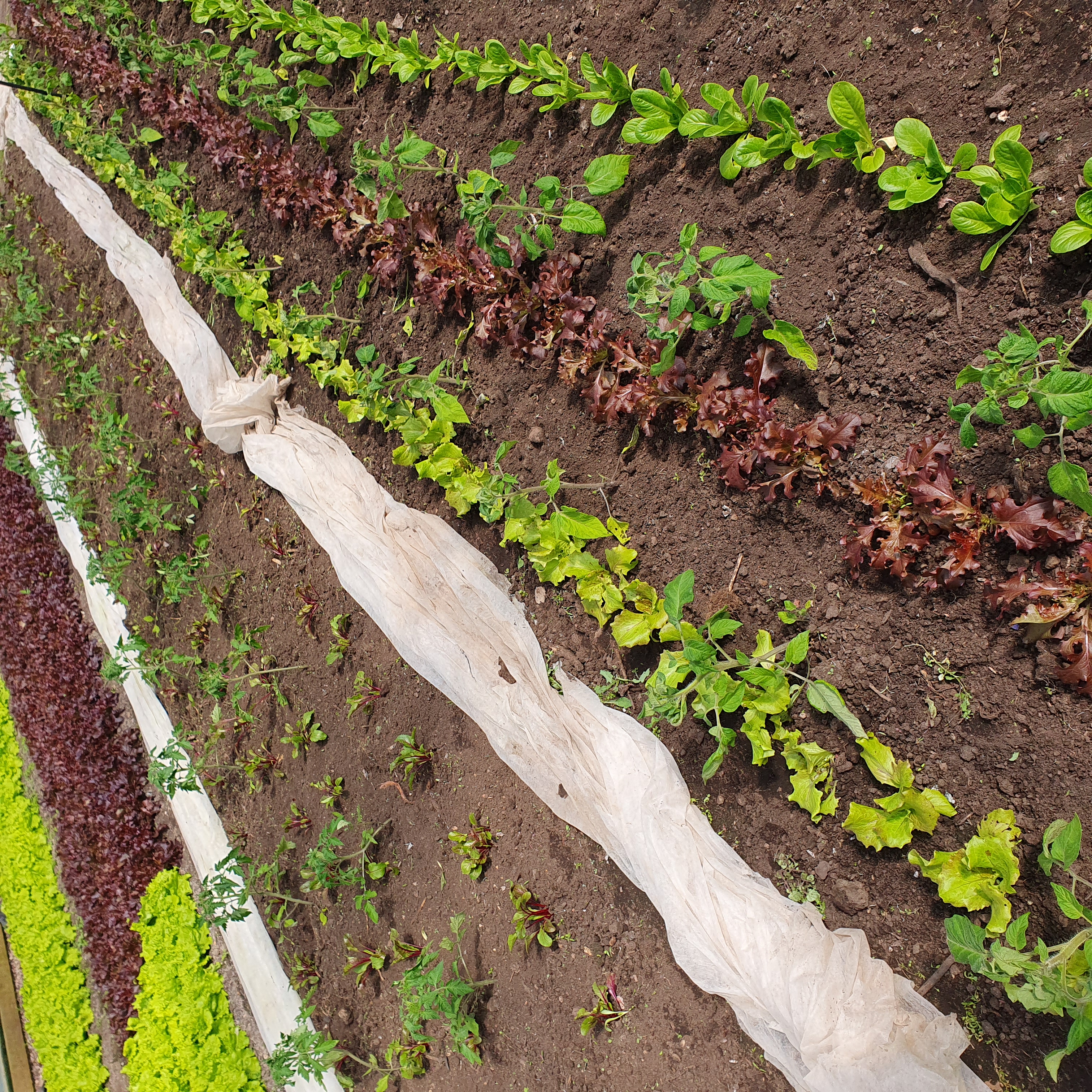
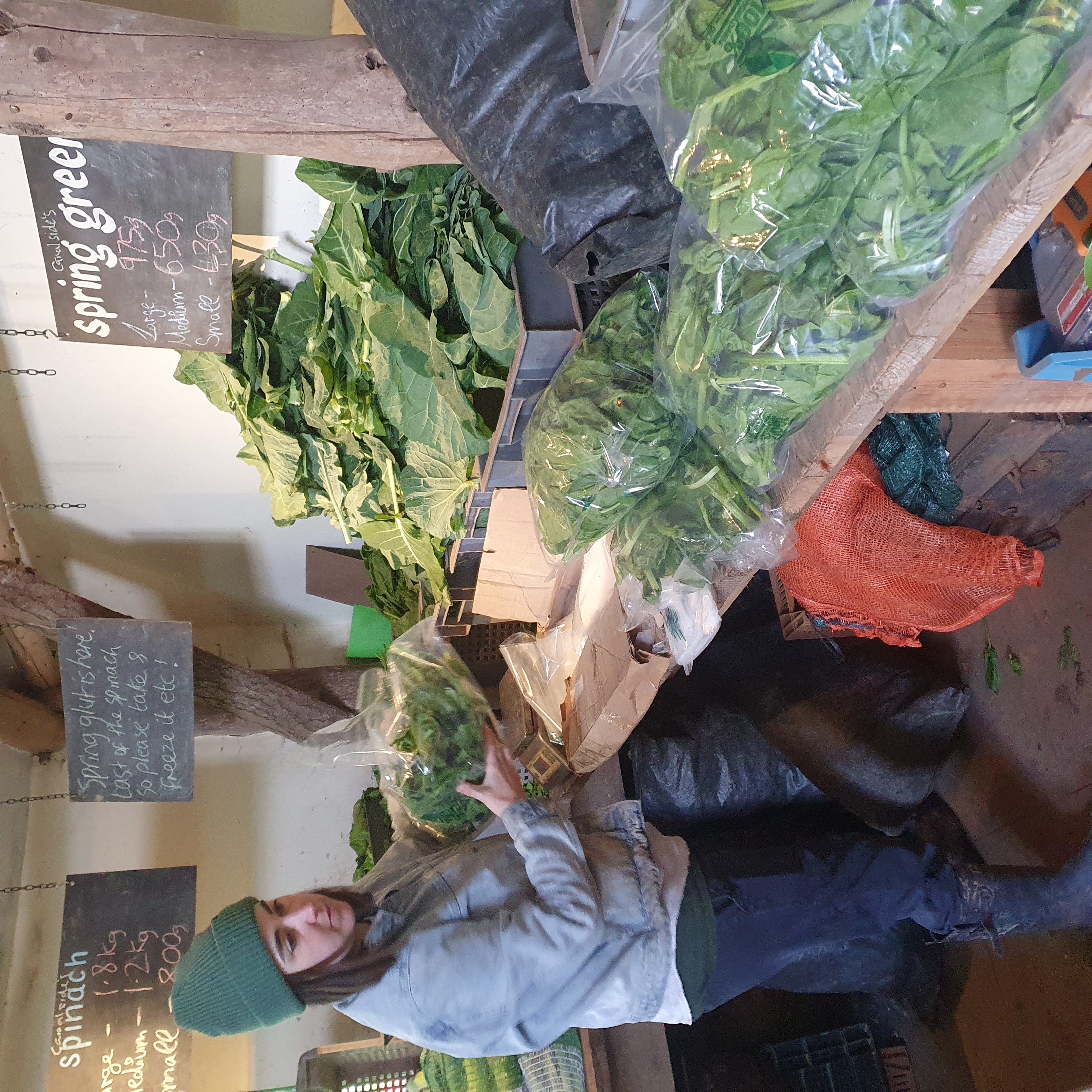
It’s been strange adapting to buying in veg and lessons learnt along the way – not always as simple as it might seem. There is certainly no ‘one stop shop’ if you want both organic and UK produce after this past season. We’re finding the wholesalers variety of produce is dwindling now but this is to be expected as almost all of UK produce is subject to the same hungry gap issues.
We’ve been really happy with the shares this month and it’s been lovely to hear members going away happy. We’ve had lots of lovely Canalside produce to supplement the bought in veg too – including a huge abundance of fresh greens – chard, spinach, spring greens, and salads. The spring glut has well and truly been upon us and we hope you’ve been finding ways to cook and store it all!
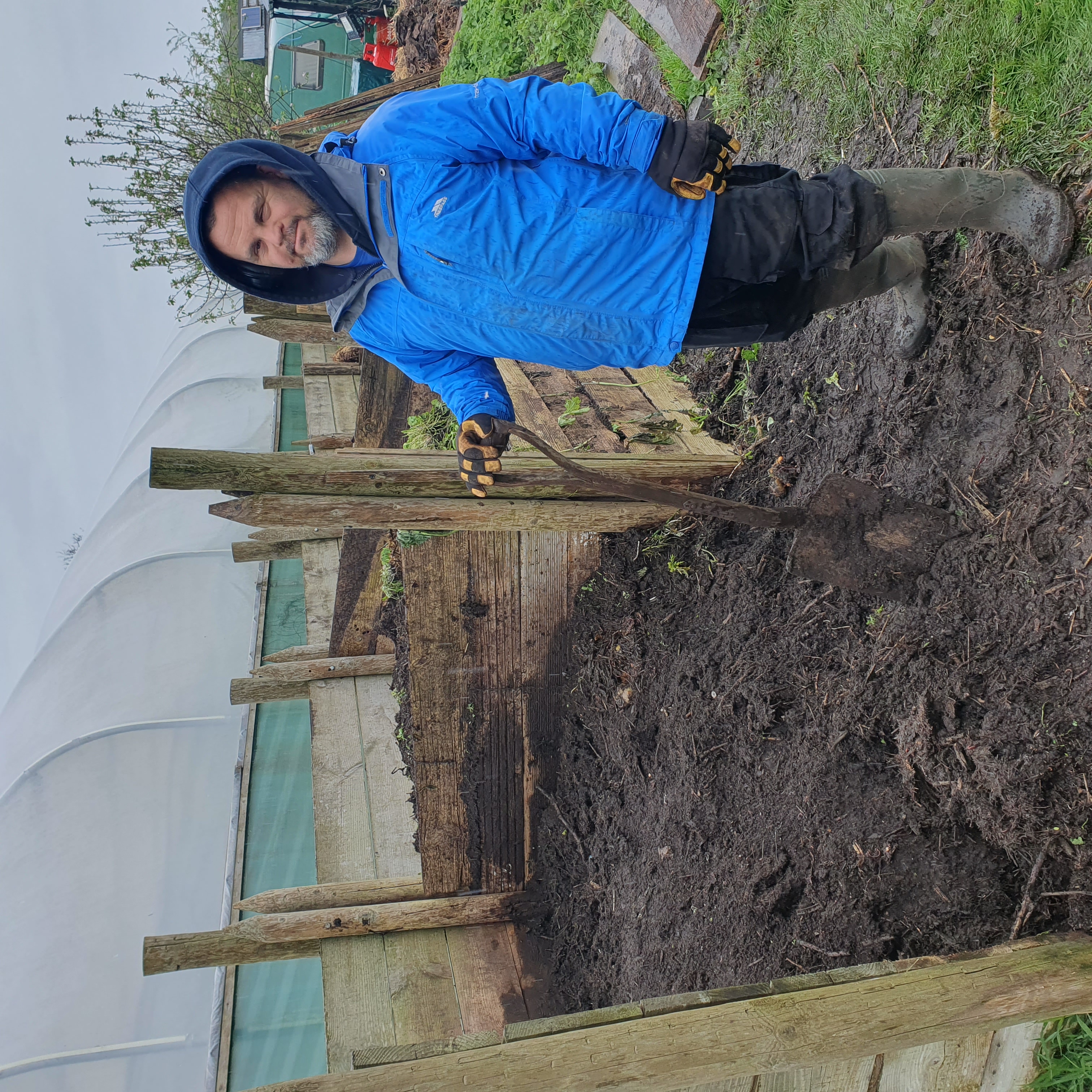
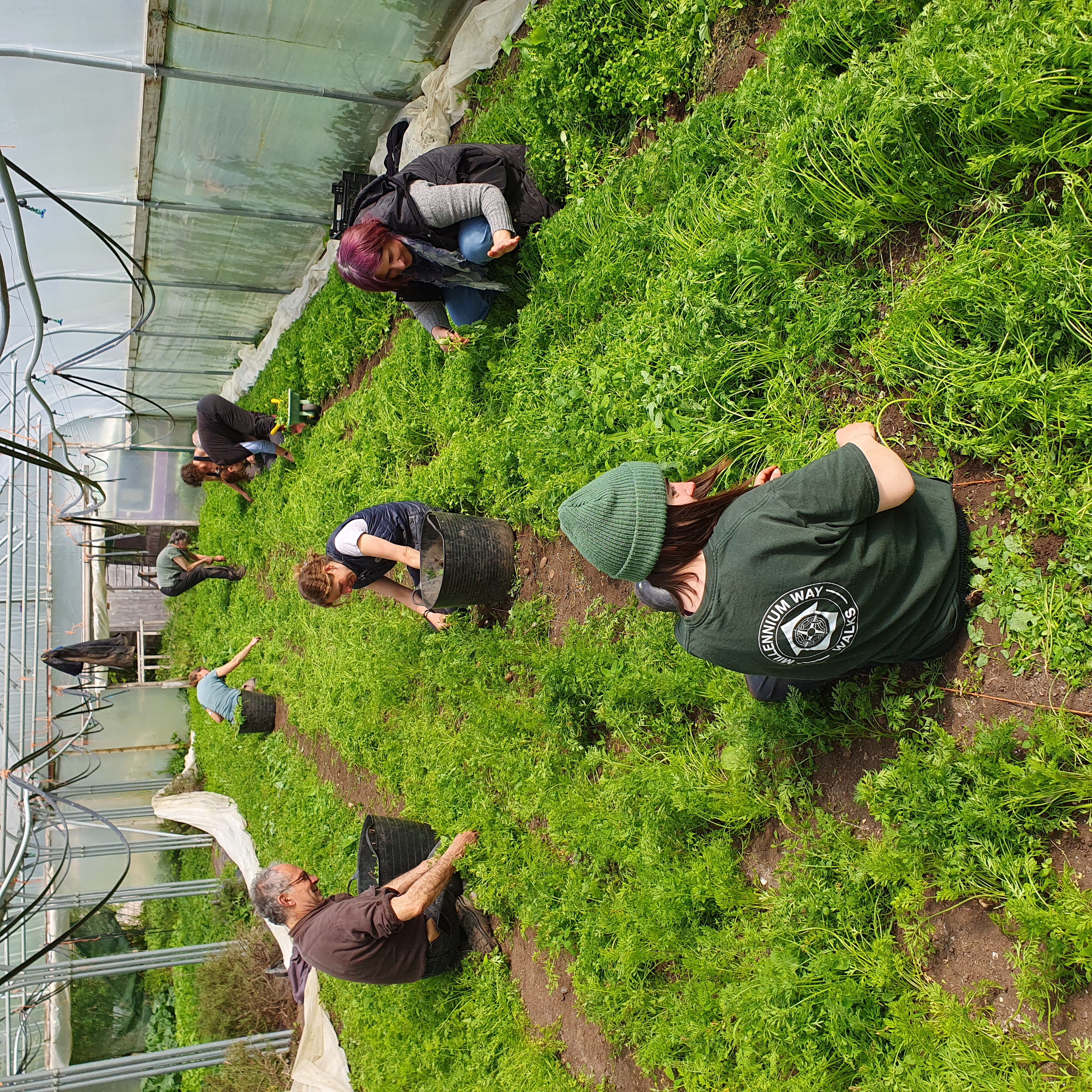
Our volunteer mornings have been well attended and we are so appreciative of everyone who lends a hand – so many muddy mornings spent picking carrots in recent months as well as cutting back hedges, turning compost, clearing, weeding and planting in the tunnels and outside this past Saturday. One volunteer commented that they will never moan about the muddy carrots again now they’ve experienced what it’s been like to harvest them this season! This is why we love out members getting connected to the process.
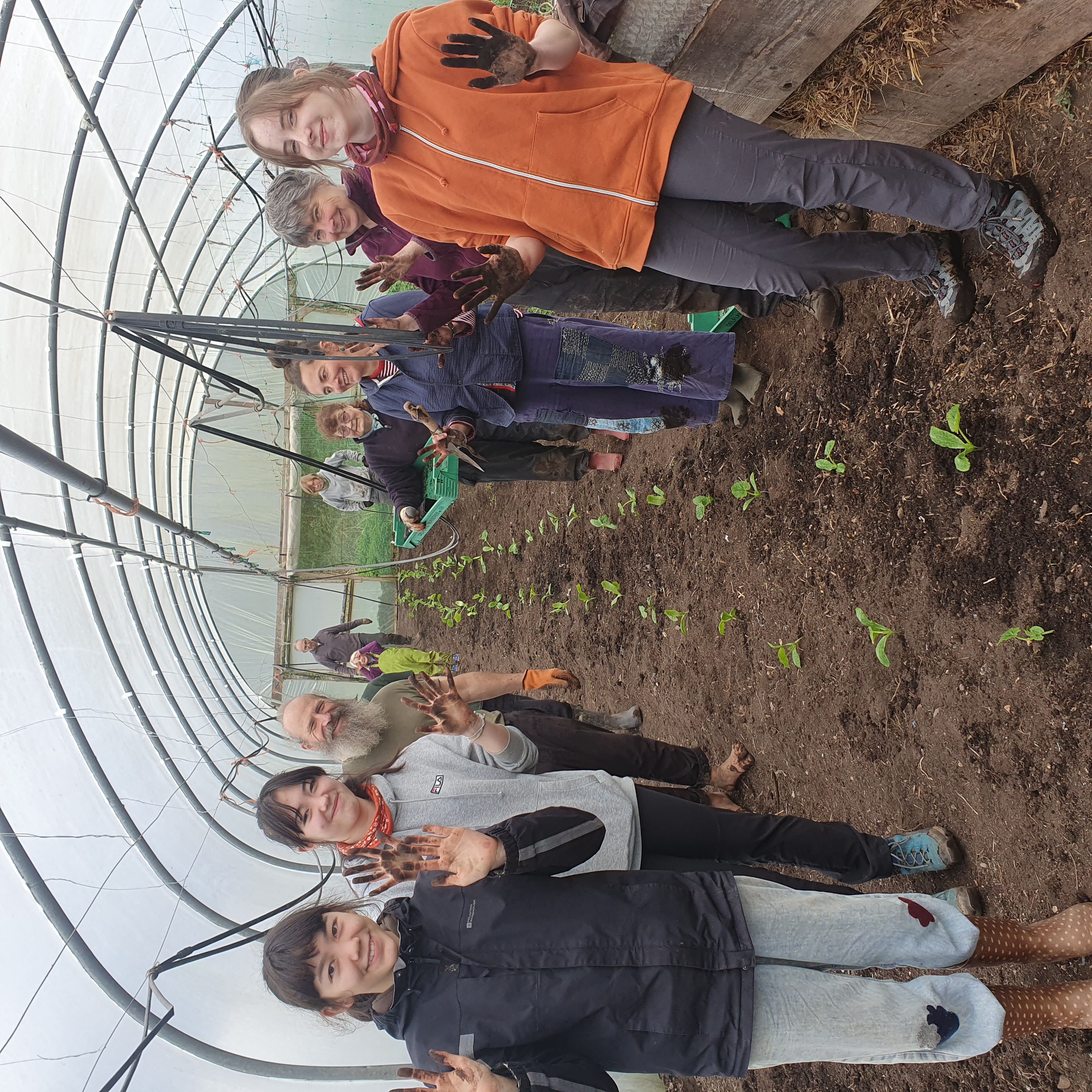

It’s been great to see our newly created ‘infrastructure group’ starting to meet to work on some site developments and we’ve also begun hosting volunteer groups through Warwickshire CAVA where local businesses come for the day to lend a hand and learn what we do here. It’s a great chance to spread the word about our CSA amongst the wider local community and we have more planned in the coming months.
Our newest grower Dan has fitted in well to the team and been a big asset. Dan says: ‘It’s been great getting to meet and work alongside some faces from the membership over the past few weeks. As a new starter to the farm, it’s a joy to receive such a warm welcome, with such a network of knowledge from the local to the global’.
As we look towards May we know there is a lot of work ahead! It’s impossible to say at this point how the delay and the conditions of the past months will affect this season’s crops. There are so many factors at play but we can only hope and pray for good conditions this summer so that most things will have the chance to catch up fine.
Thanks for reading!
The grower team, April 2024
Educational visits at Canalside
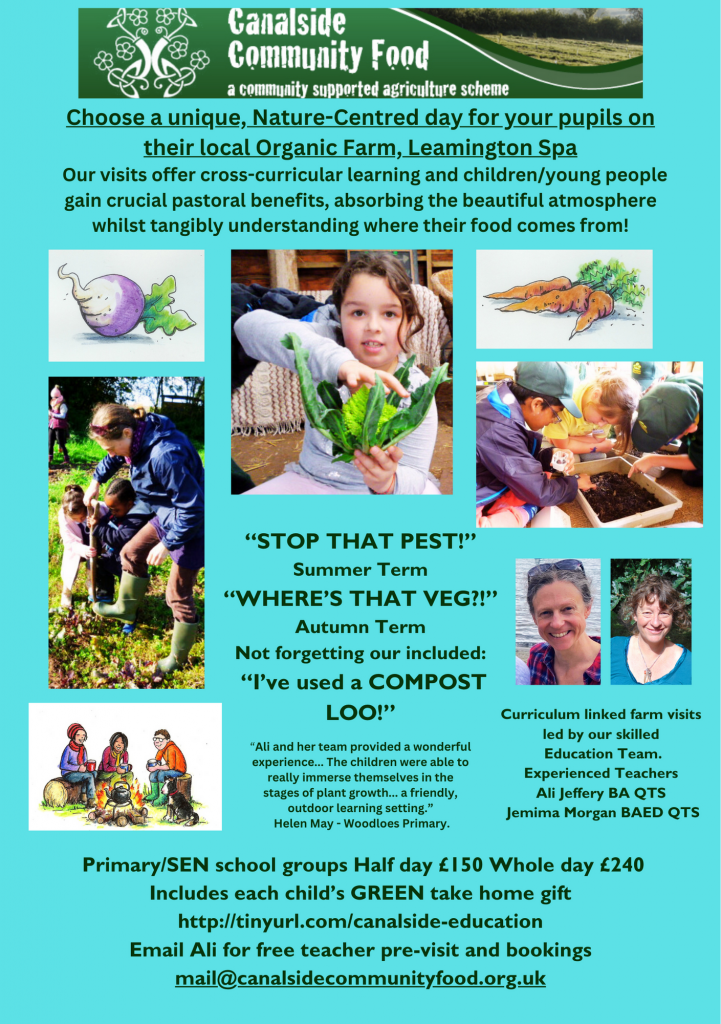
What our members say…
Recently we’ve been asking our members what they enjoy about being a produce share member at Canalside. Here’s what some of them have to say:
My family and I have benefited immensely from Canalside over the years. There is something hugely ‘grounding’ about being at the farm, hanging out with people around the fire pit and getting involved in the growing. It is a great antithesis to working life on a PC. The veg is tasty and I have learnt how to cook seasonally from what is available. I notice that my teenagers have a broad knowledge of vegetables and eat them willingly!
Annie, April 2024
——————————————————————–
Collecting our Canalside shares is a high point of the week. I love the the way the vegetables change with the seasons. Eating food that was grown right here, in Warwickshire, helps me feel connected, rooted, in the here and now. Thank you Canalside.
Rebecca, April 2024
——————————————————————–
I cannot recommend Canalside highly enough. As a member for some time I can say it has been different things to me at different times:
– Always a consistent provider of lovely seasonal veg, grown on site, that supports local employment.
– An opportunity to escape from the daily ‘busy world’ by strolling round the land.
– A chance to get some exercise and fresh air by volunteering in the fields.
– The ability to meet pleasant people from a wide range of backgrounds.
– And, it has broadened our cooking skills as we have tried new recipes to suit the veg provided in any given week.
We feel very lucky to have Canalside on the doorstep.
Martin, April 2024
——————————————————————–
Today, was like any other Saturday for us. A drive over to the peaceful, lovely farm to pick up our small share. We have done this for years now and still the magic is there for us! It is a community that we love being part of. The current problems of weather, harvest, rodents are just part of the cycle in our minds. Sometimes we have a huge bounty and other times less.
Please do not get discouraged by this….our community is strong and full of good intentions and I think love for the earth and each other. Everything each of you do to contribute to this gem of a place is so valued. So a heartfelt thanks from us. On we go!
Liz, February 2024
——————————————————————–
You can read more testimonials as they’re added here.
2024: January news – Busy January
It’s been a busy January on the farm as we work to get the new season underway – our tunnel potatoes are now planted in tunnel 1 into the remnants of last year’s hotbeds spread over the bed thanks to a great couple of volunteer mornings.
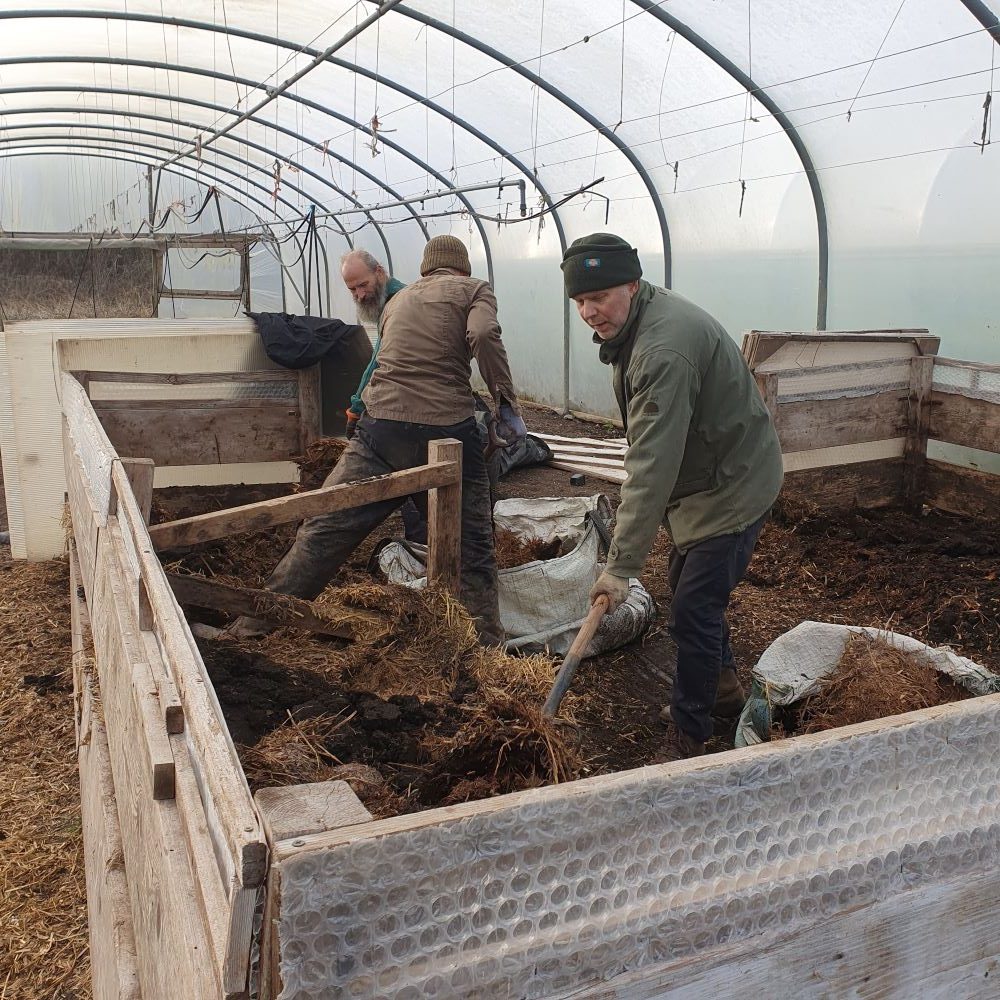
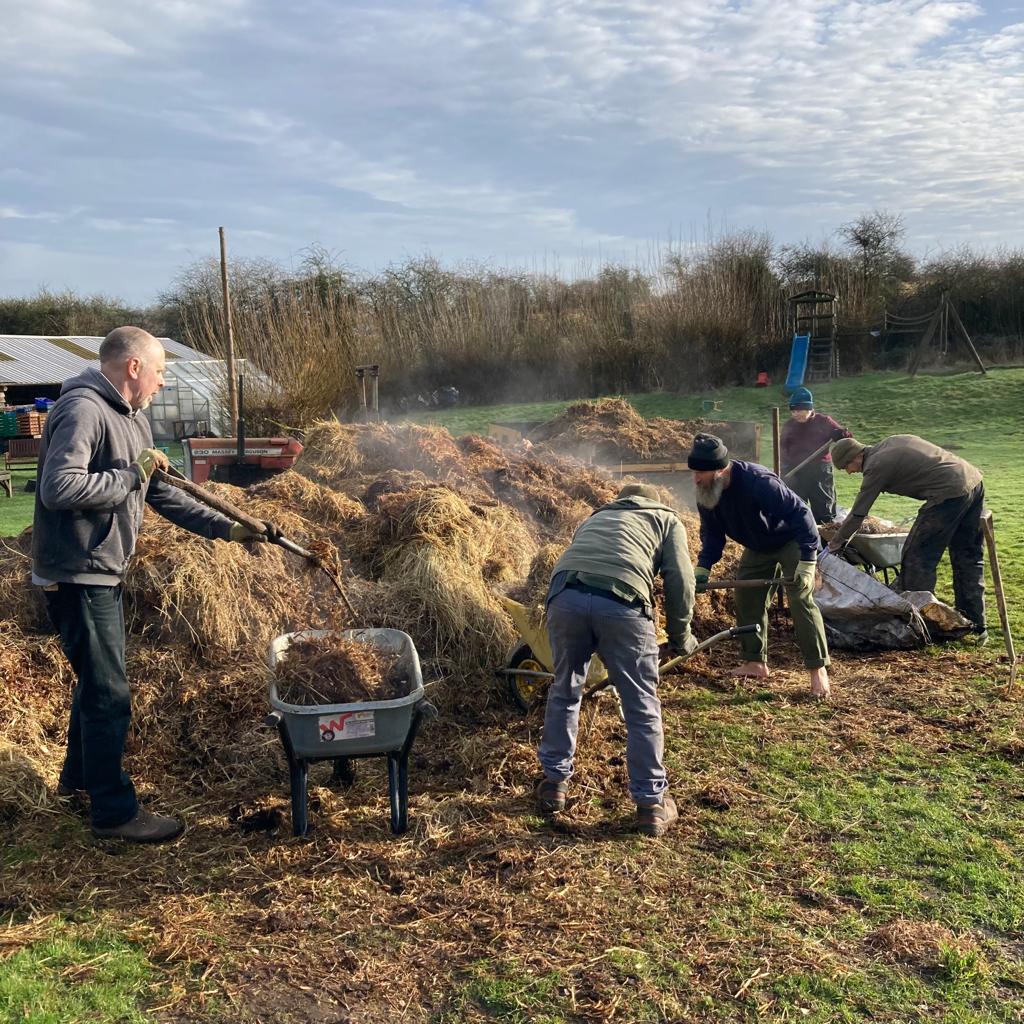
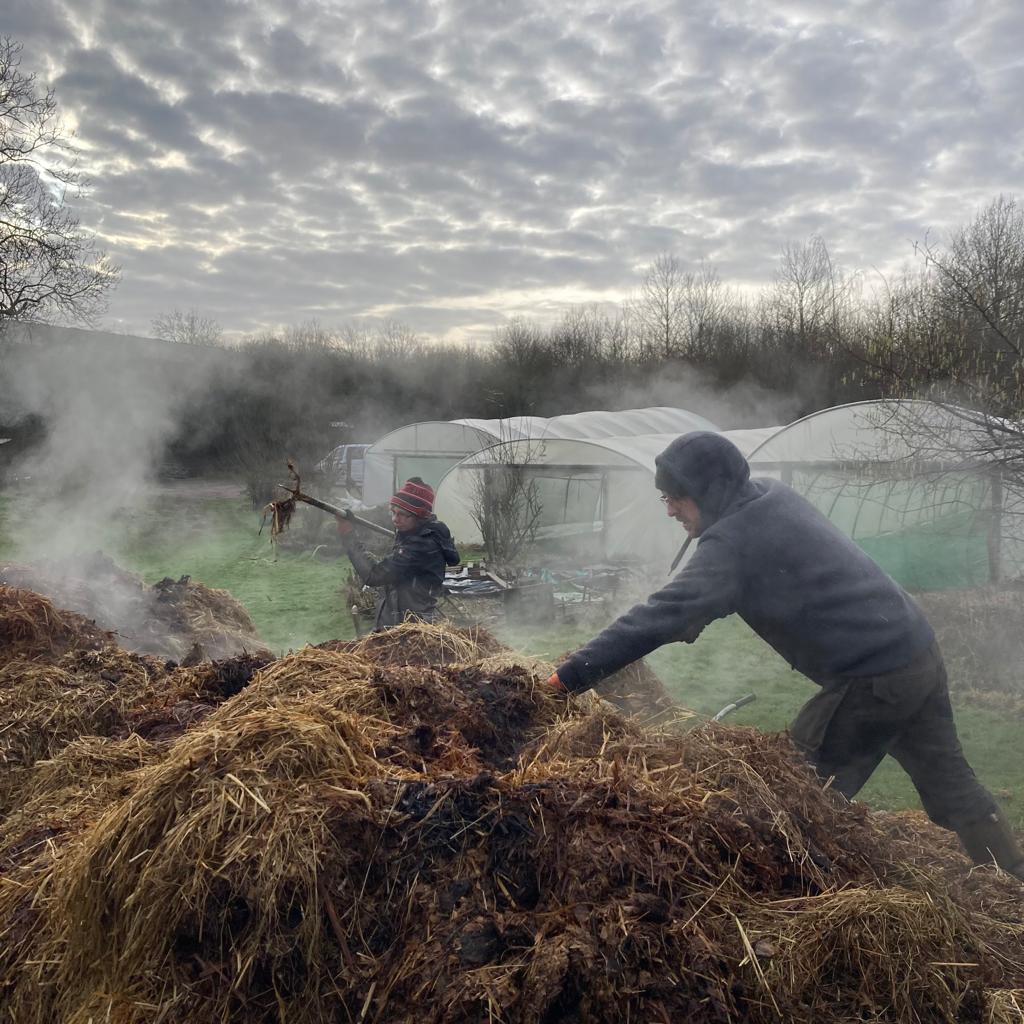
At the same time a new load of muck has arrived from a local farm plus we’ve supplemented it with a load of chicken muck from Skye Orchard Eggs (the egg scheme for anyone who gets eggs from the egg shed) to make our new hotbeds this season so we can generate some heat and sow our first seeds next week.
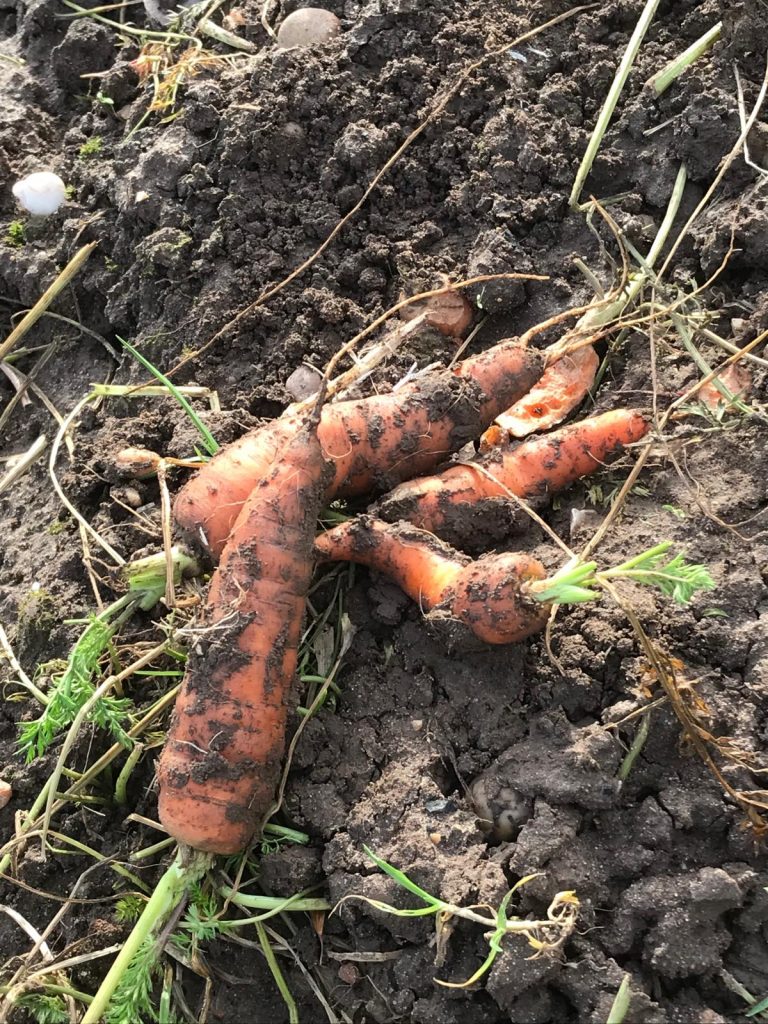
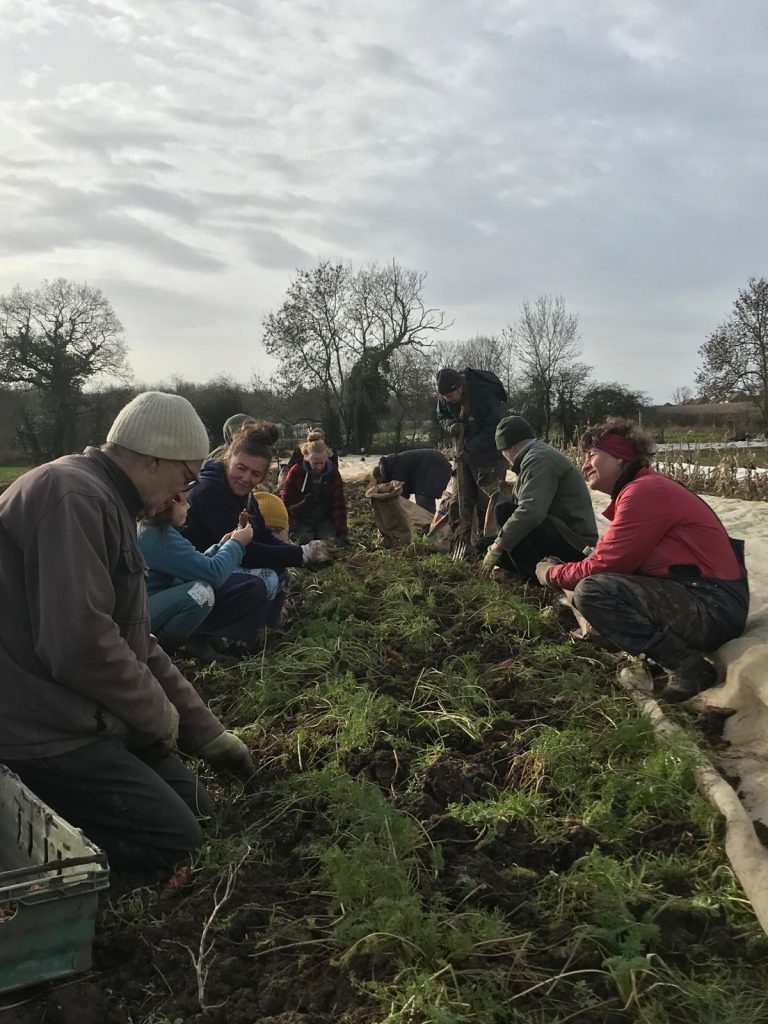
Despite the challenges we’ve harvested lots of lovely veg from the fields – our carrots have been great this year and we’re still trying to add as much diversity as possible to your share with things like black Spanish radish, cabbages and Jerusalem artichokes. It was great to get a share of fresh claytonia (winter salad) thanks to some serious weeding that we did on the last day before we closed for Christmas.
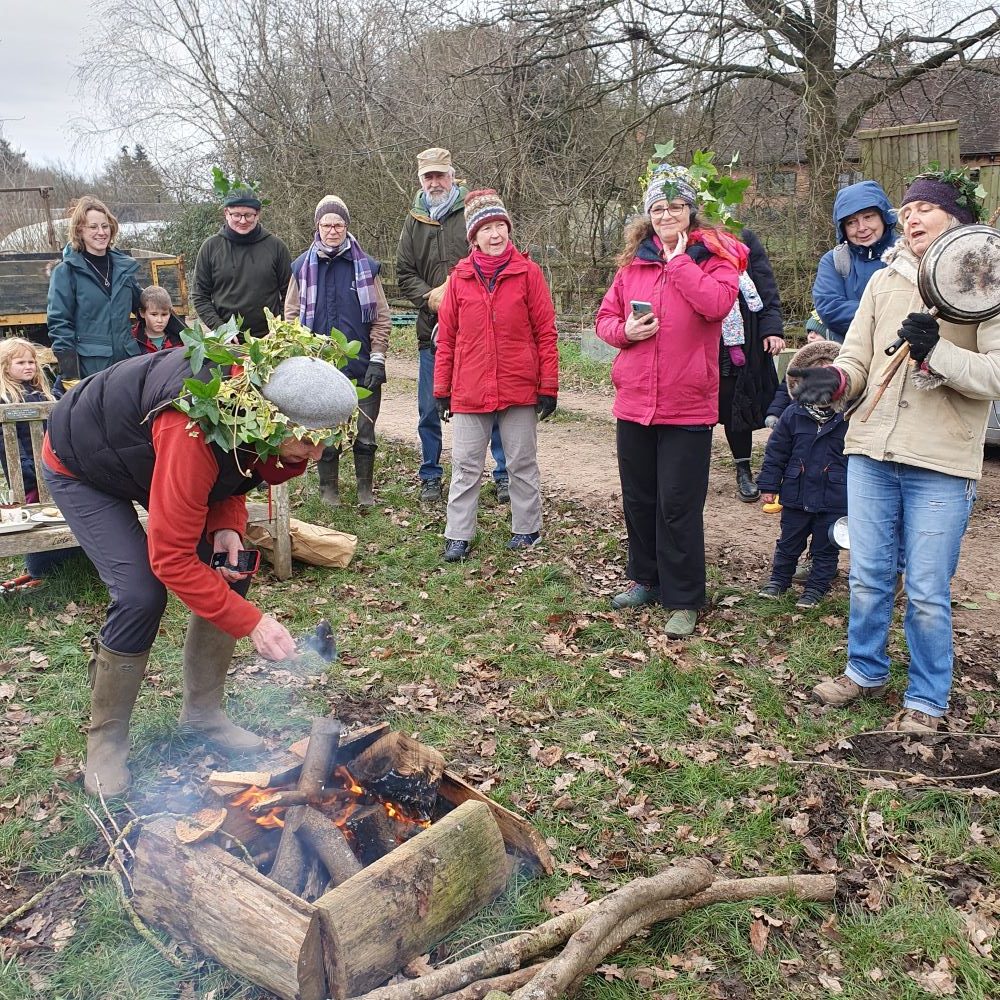
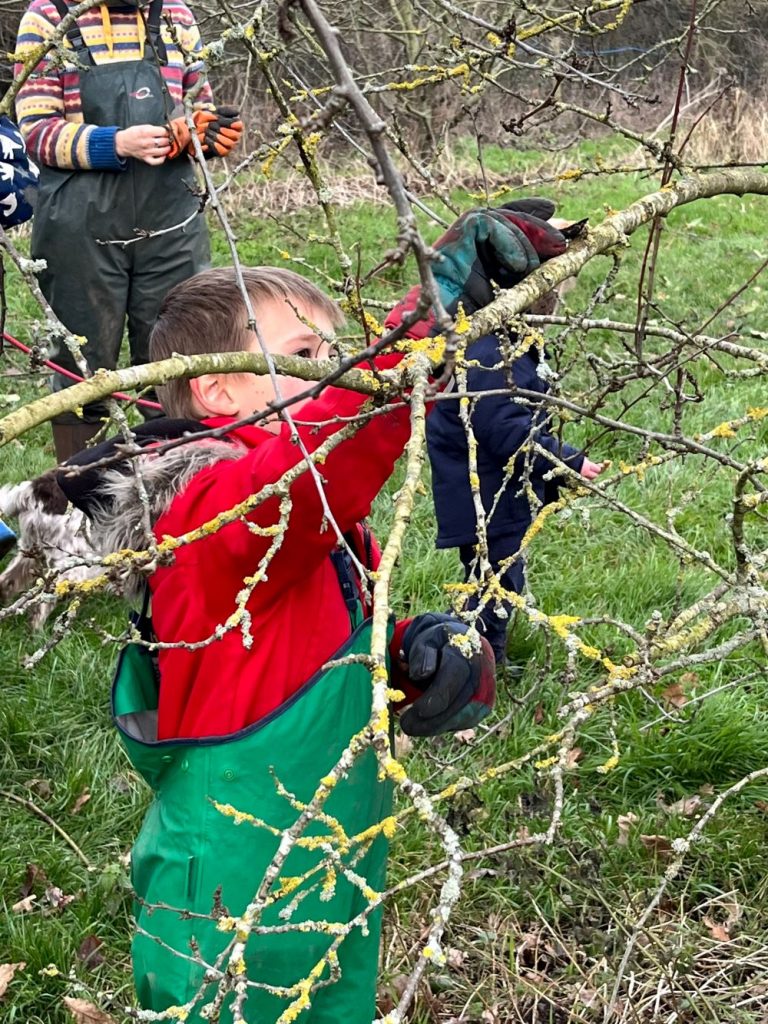
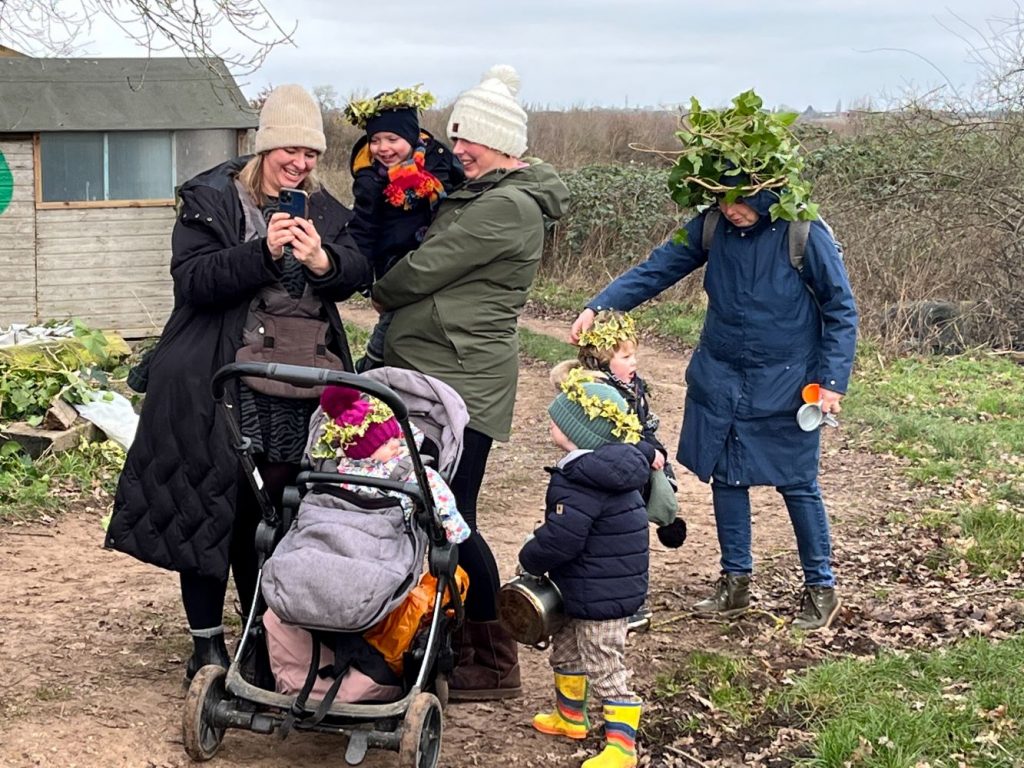
Meanwhile, rest assured the orchard is thoroughly wassailed (!) as we had a great turn out for our social and orchard work morning, pruning lots of the soft fruits ready for re-growth and abundance later in the year. Many thanks to everyone who came along.
Eleanor, grower
(All photos Eleanor Brown unless credited otherwise)
2023: October news – The ups and downs of Harvest
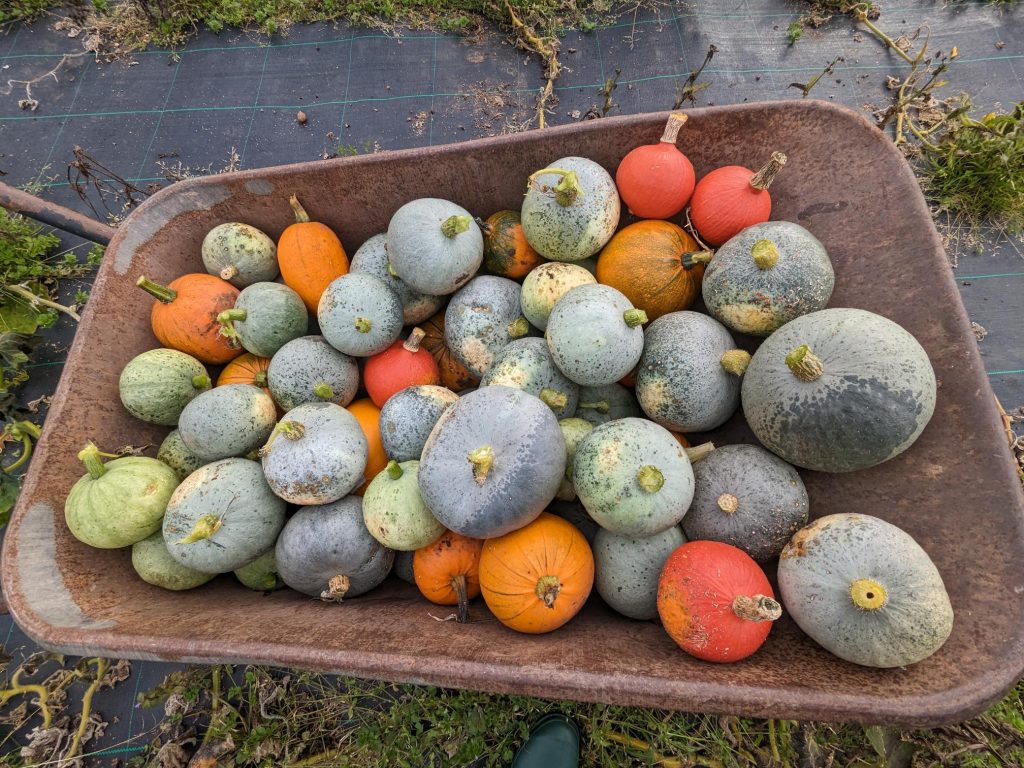
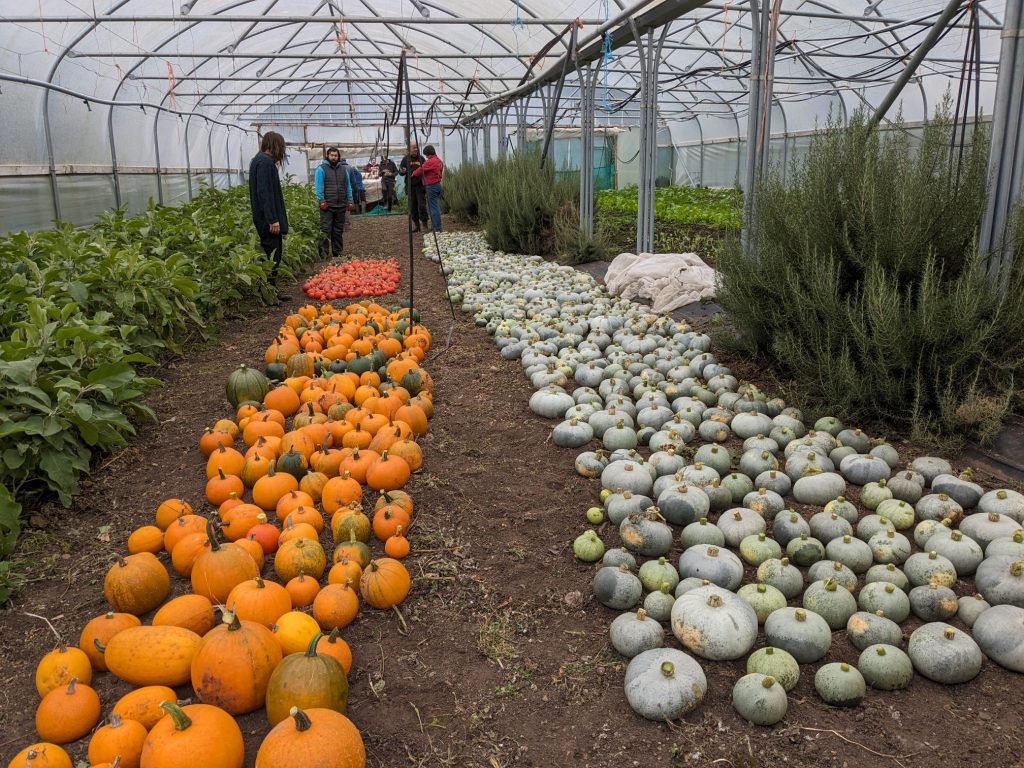
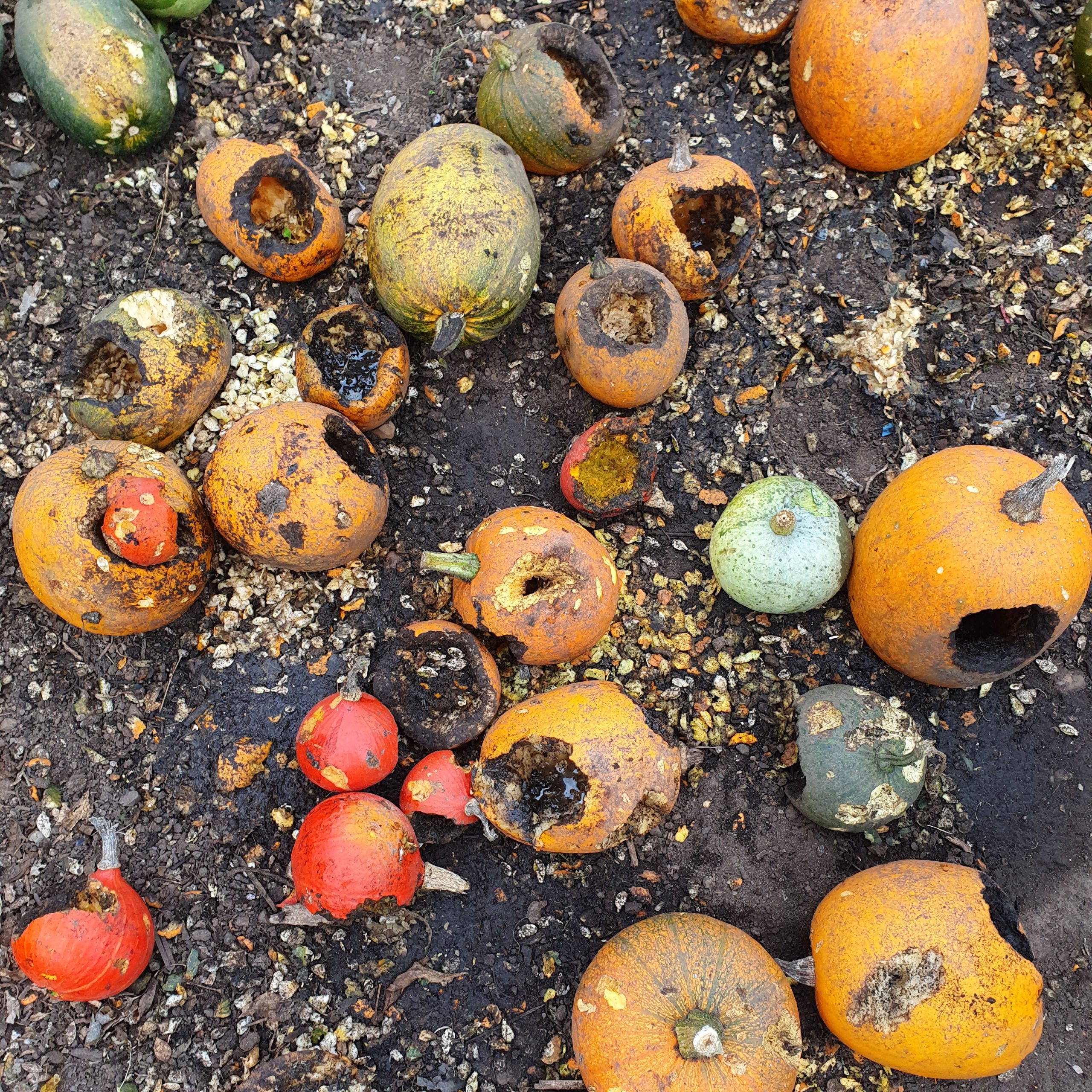
It’s feeling very autumnal on the farm at the moment as we’re in the thick of the main crop harvest season. The last couple of weeks have had some real ups and downs. After a great morning bringing in our squash and pumpkins to cure in the tunnels as usual, unfortunately rodents really went to town on some varieties in the space of one night. This is extremely upsetting after all the hard work to produce them and we are sorry not to provide Jack o’Lanterns this year for Halloween.
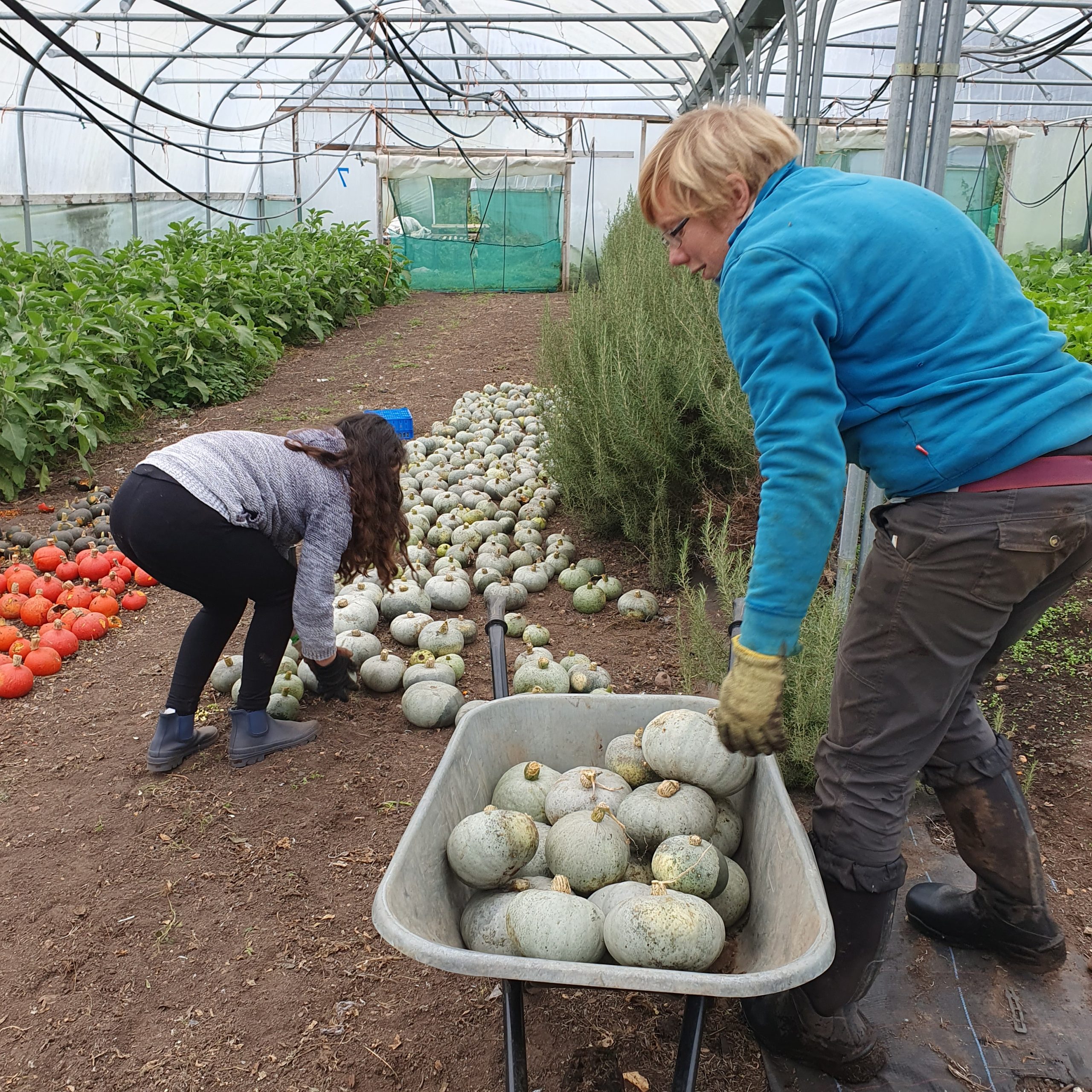
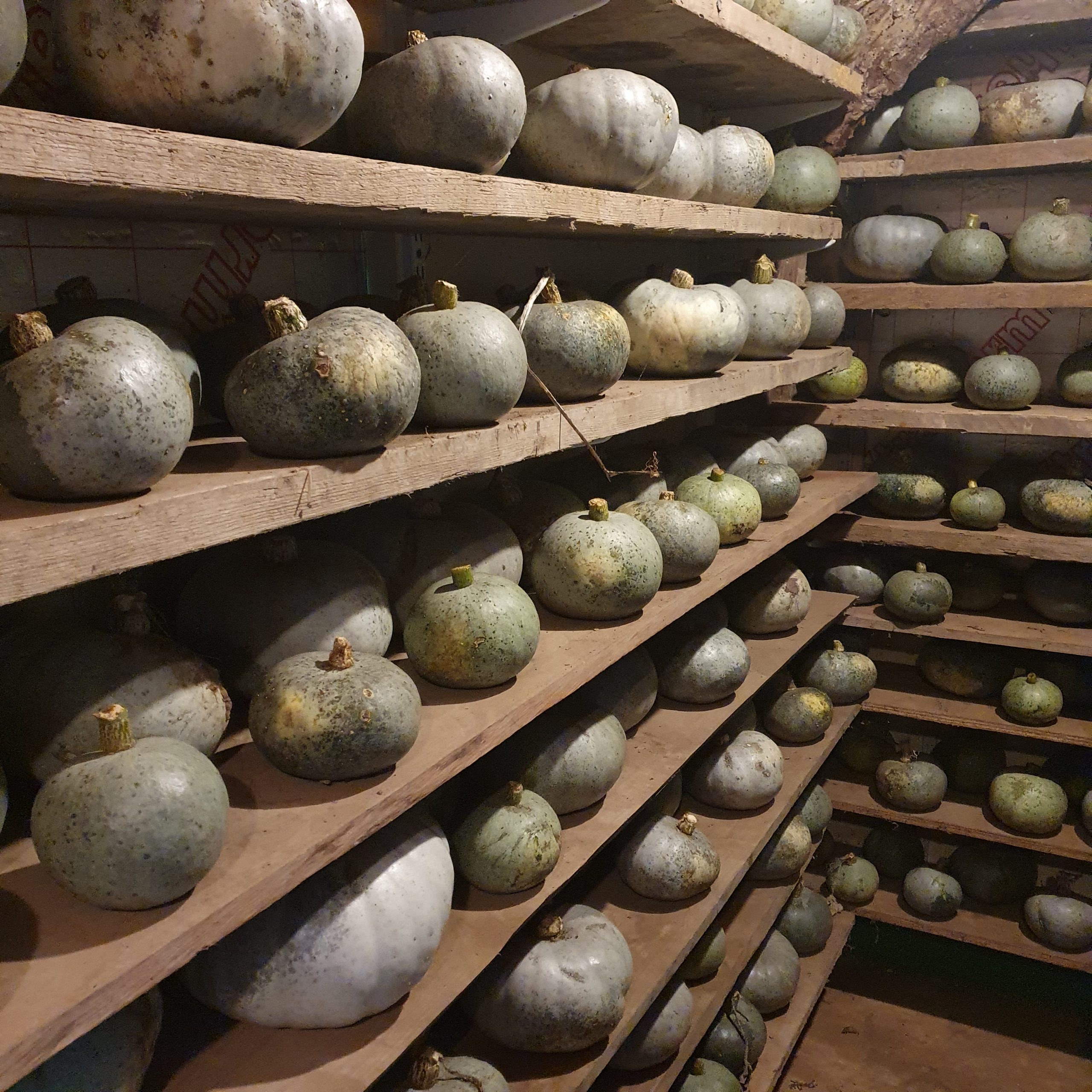
The good news is our maincrop squash – Crown Prince, the tasty blue/green one that see us through many months – thankfully went undamaged and we’ve now moved them into storage sooner than planned, so as to protect them. The other good news is our apple harvests have been great and maybe higher than ever. We’ve moved lots into storage and still have more to bring in so do come along next Wednesday morning to help bring in the remainder of the harvest – a good job for all ages.
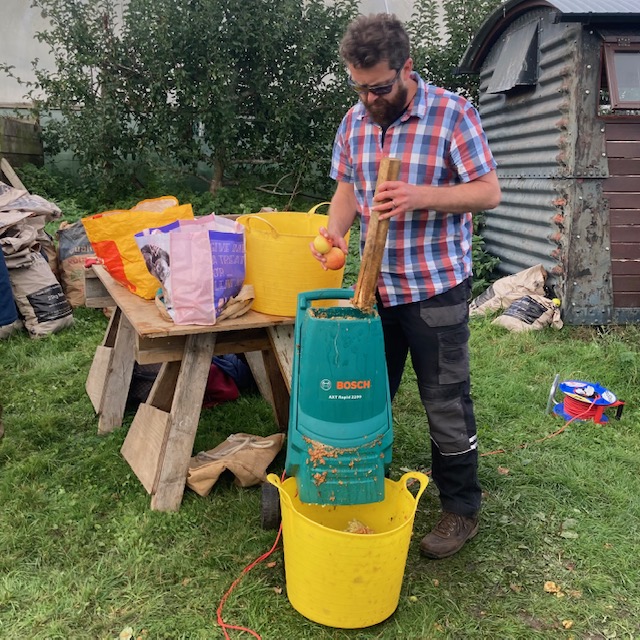
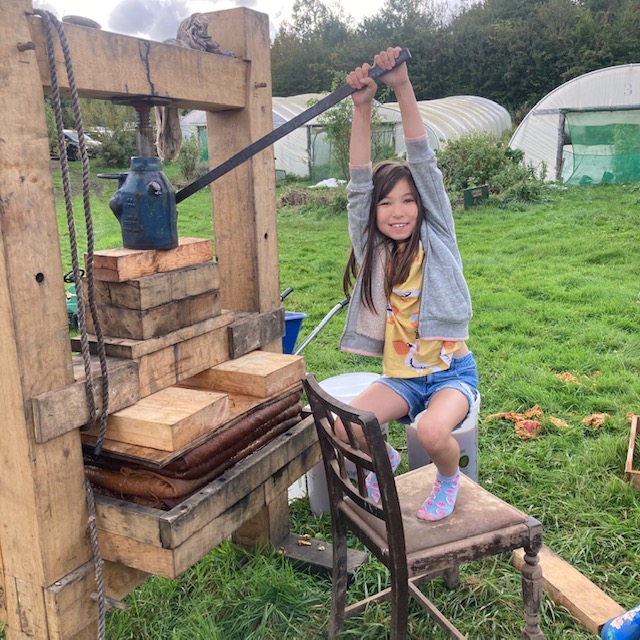
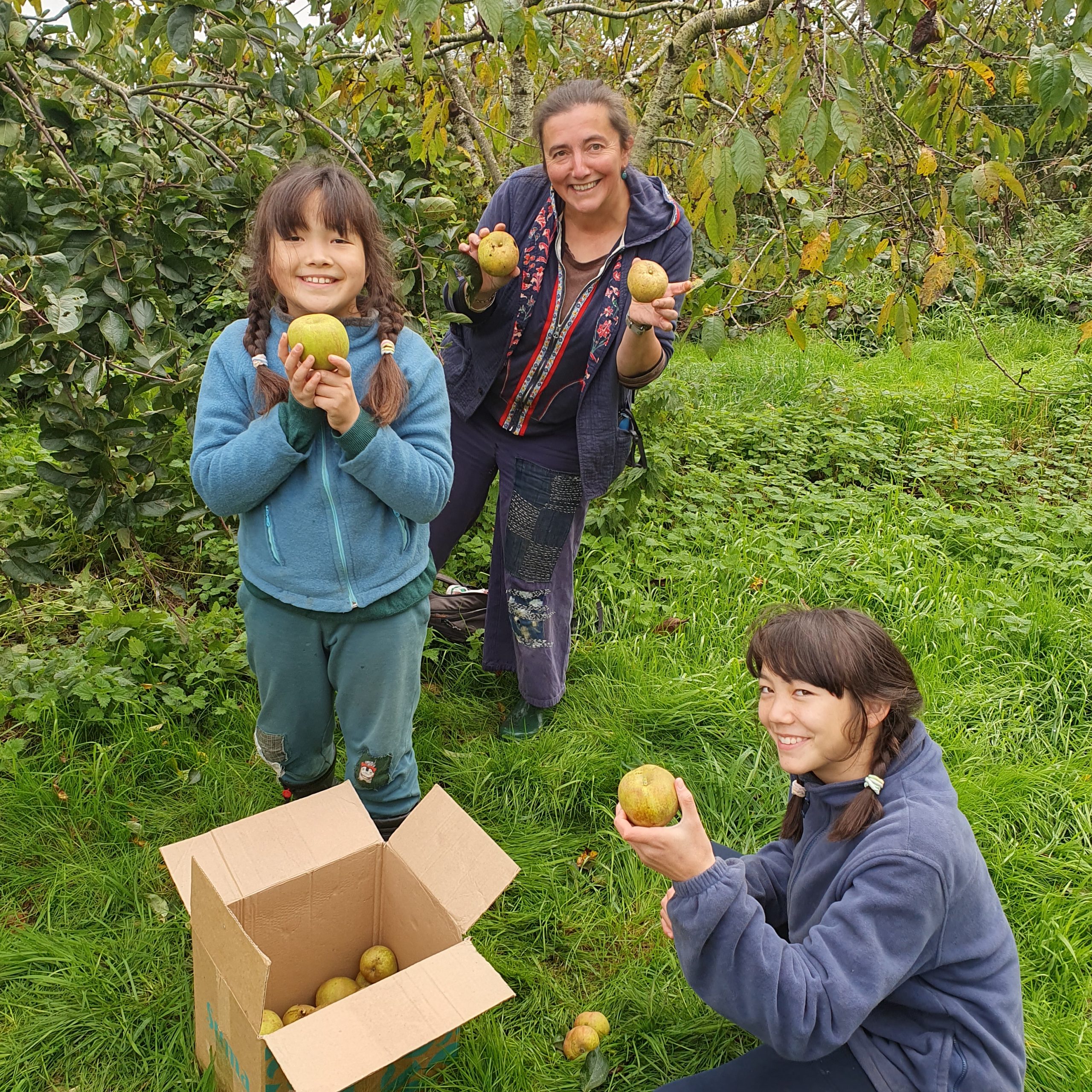
Eleanor, grower
(All photos Eleanor Brown unless credited otherwise)
2023: July news – Early summer shares
We’re happy to be harvesting the new seasons crops for the share. As plants develop slowly you will see you’re getting small amounts that will build up over time. We’ve heard a few people asking why the shares of certain things are so small at this time of year and the reason is because we only harvest according to the speed at which the plants produce. We were very happy to have tomatoes ripening as early as at the end of June, for example, and so you’ve been getting the very first taste of what the plants are capable of. They will be increasing over the months and last year we gave out the last tomatoes in November!
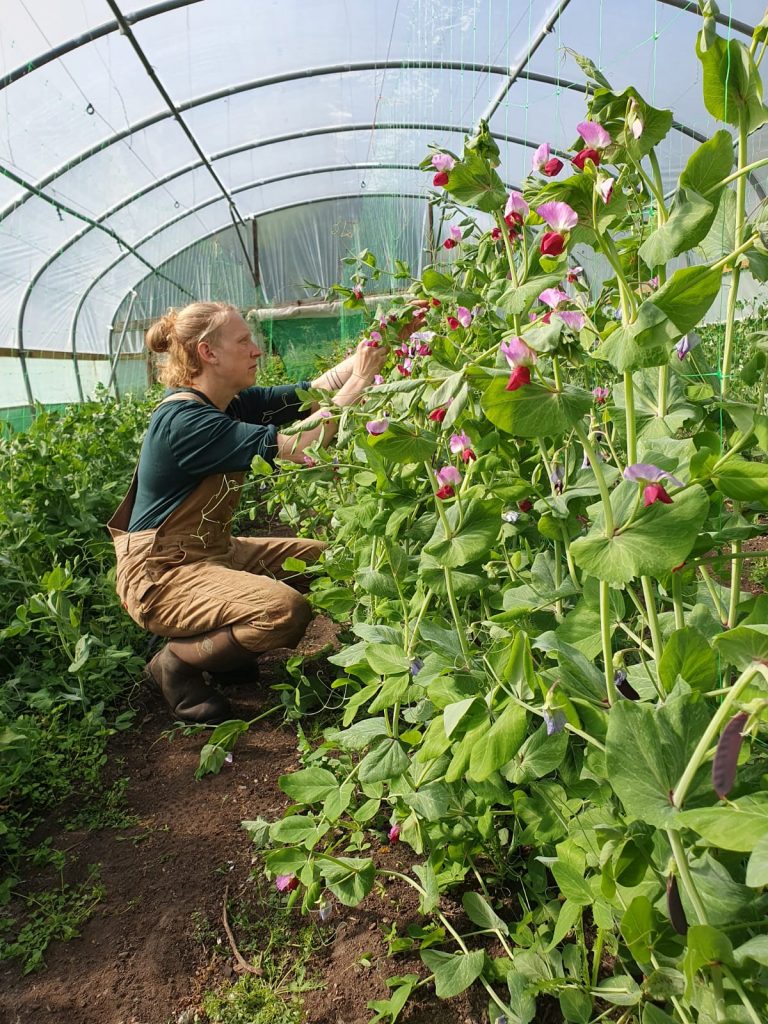
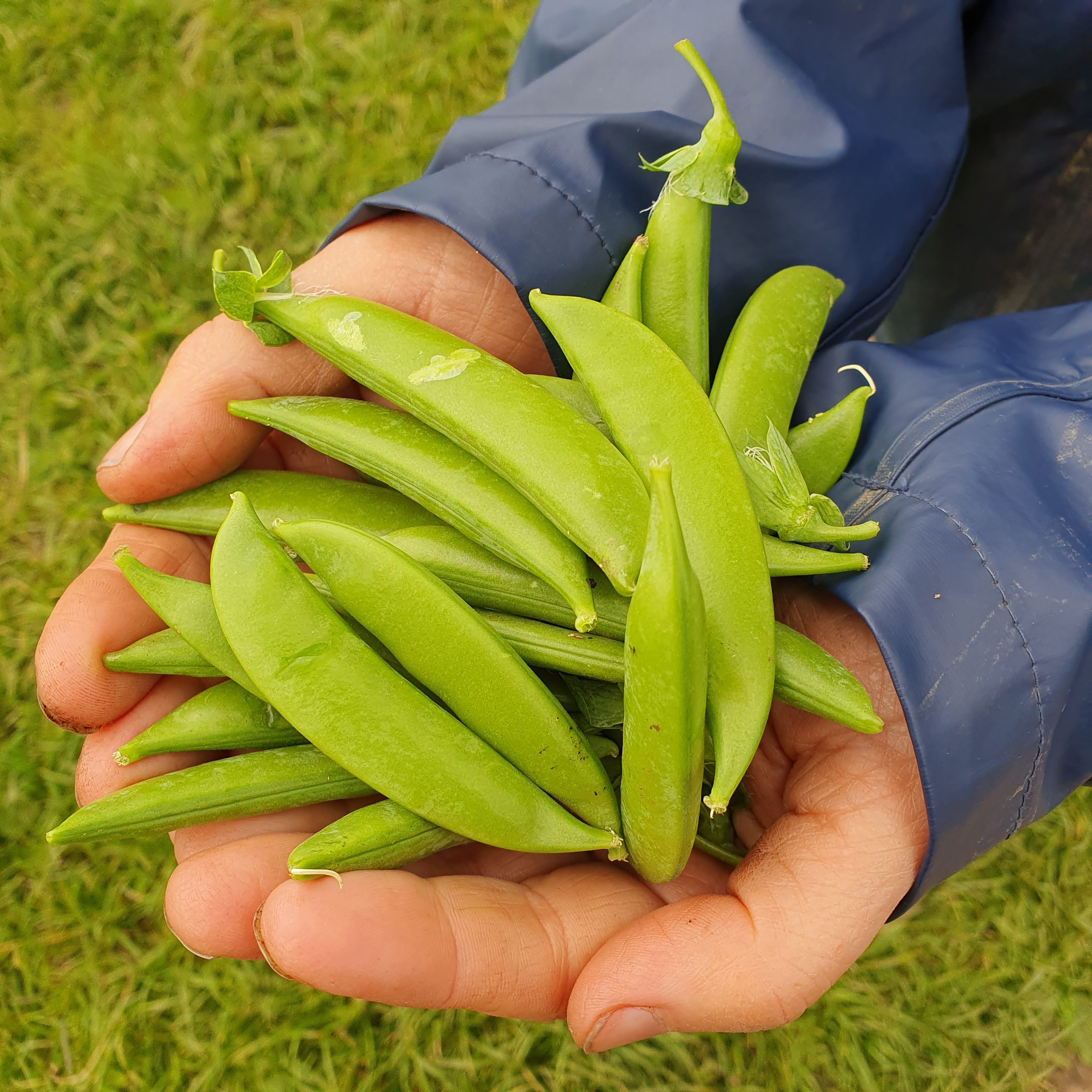
Likewise with the early potato and carrot shares – they’ve been growing in tunnels 1 & 2 since February, one of our earliest sowings, which we see as a bonus before the main potato and carrot harvests happen. The shares are smaller because there is only so much room in the tunnel and we want to space out what we have coming in and allow for some bigger carrots and potatoes to grow. The tunnels are hugely valuable growing space and we maximise their usage to be growing all year round. This week for example we are planting New Zealand spinach as soon as a bed was cleared where the potatoes had been harvested. The same goes for the carrots, as some fennel and dill have now been planted as soon as space was available.
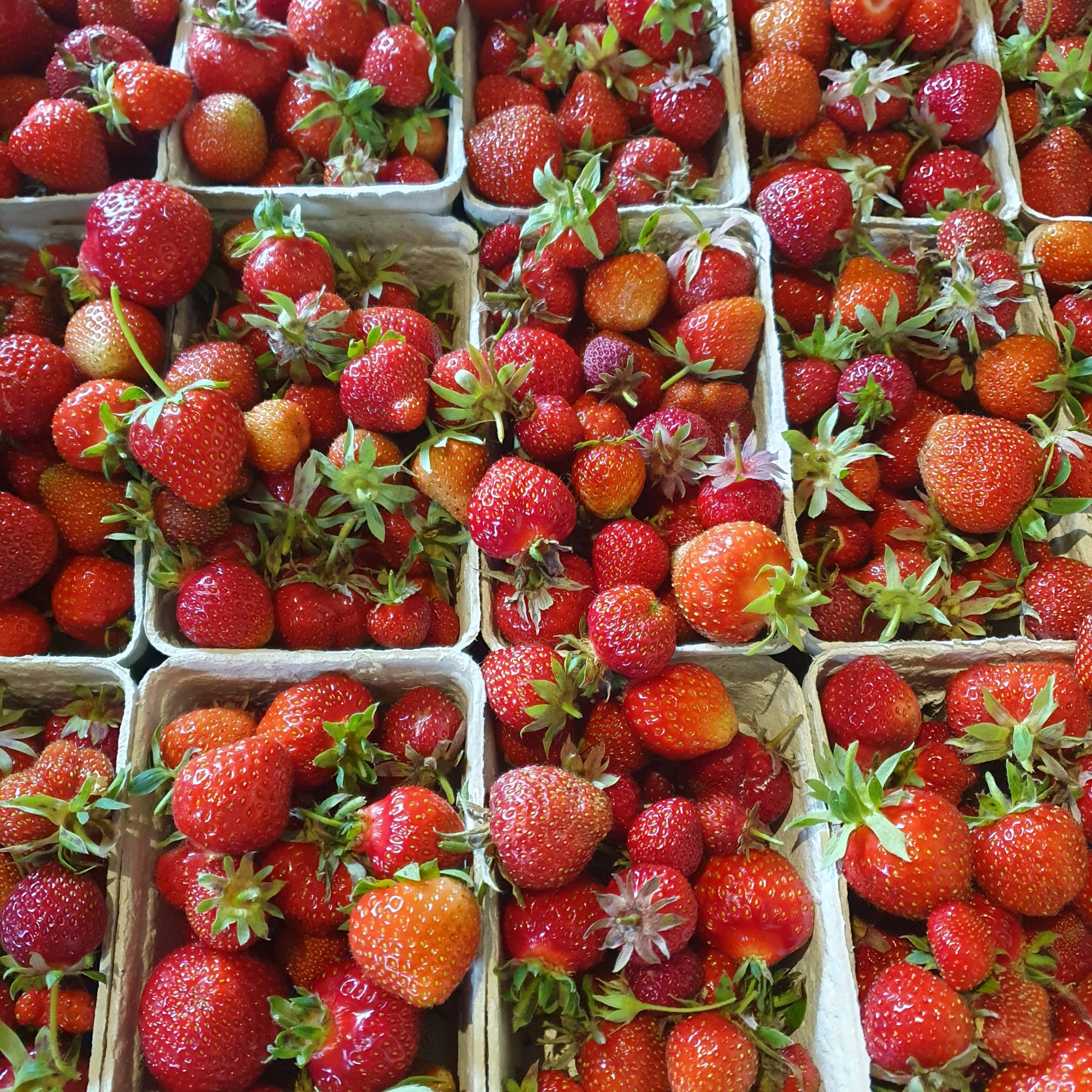
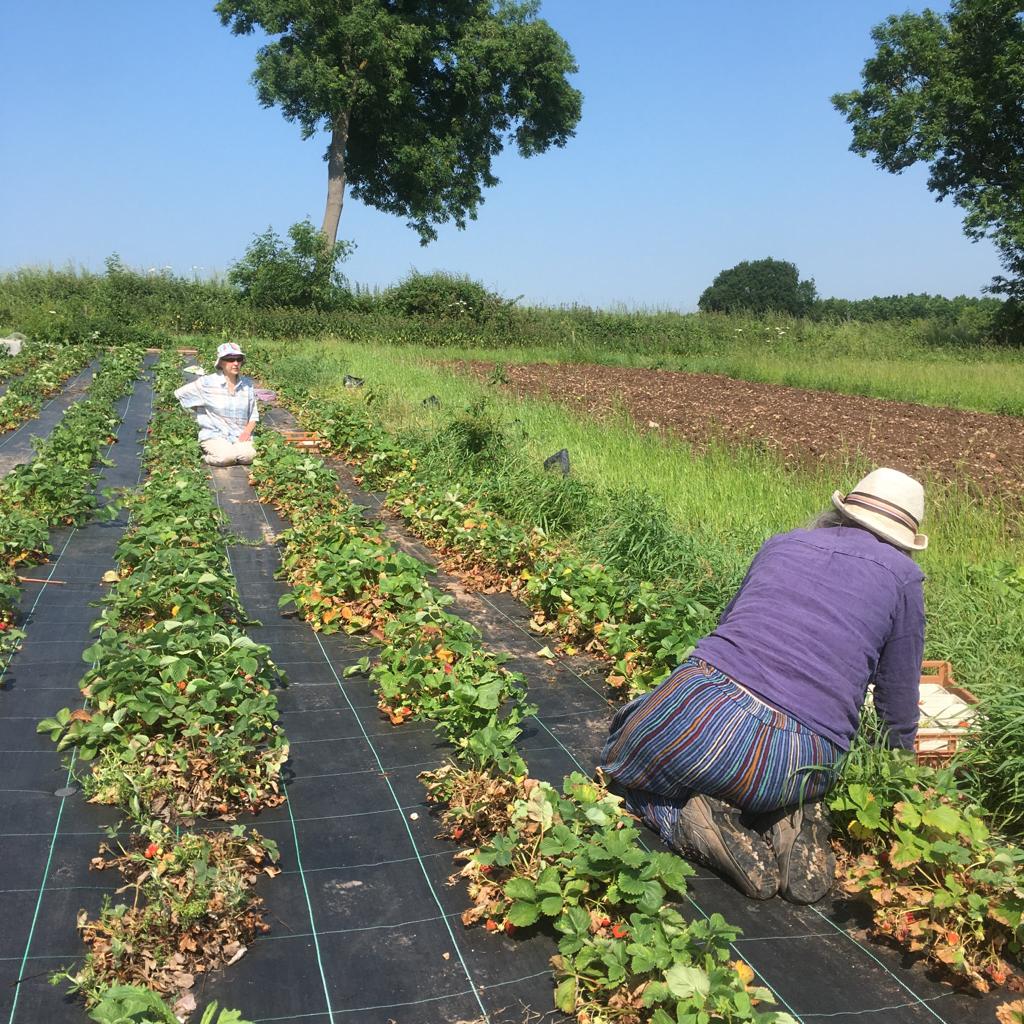
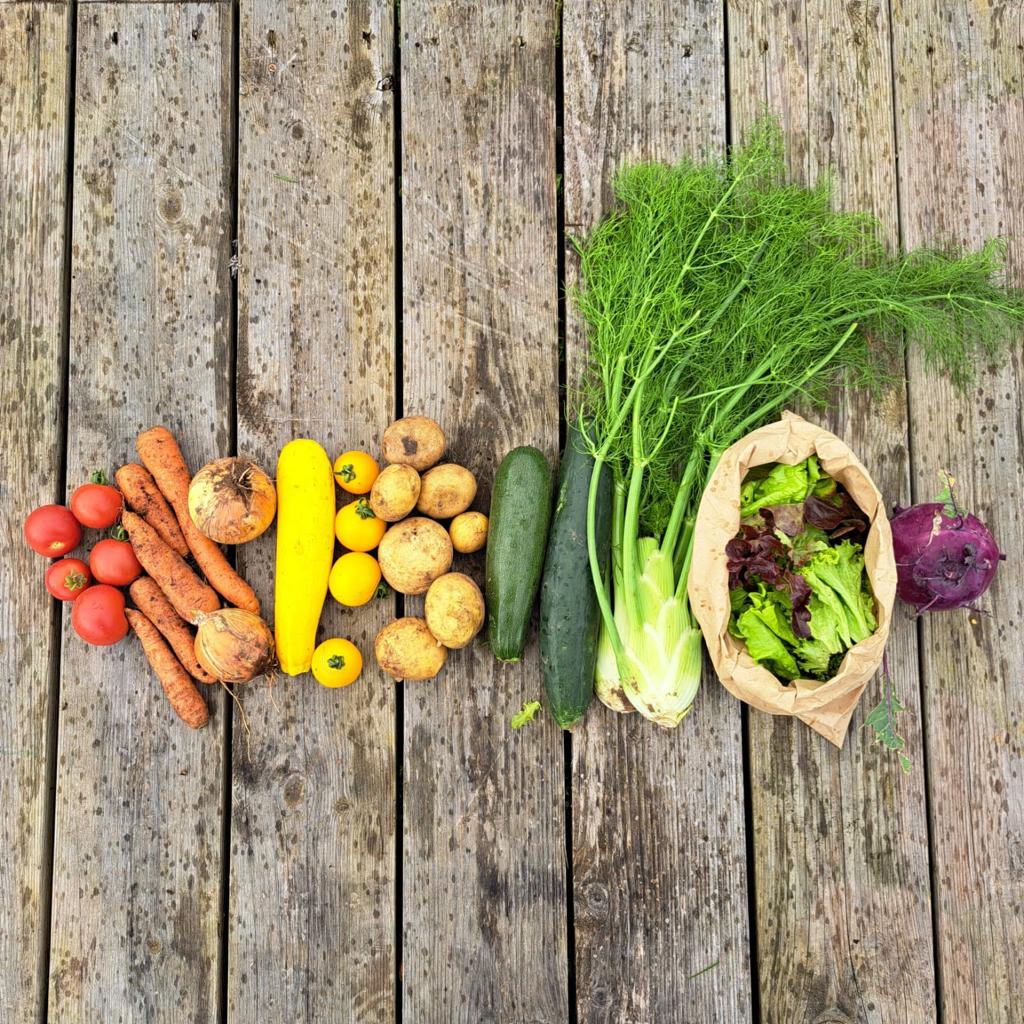
CSAs are unique in this way in that we share as fairly as is possible whatever we have growing to all our members. This time of year is one of the most complicated to work out, compared to when we have bulk harvests later in the year. Truly, I wish I had listened in maths class all those years ago because it is actually useful now!
Eleanor, on behalf of the growing team